The great thing about graphic design trends is that each year arrives with the opportunity for a reset. And given the challenging shape of 2020, the design trends of 2021 may offer us the biggest breath of fresh air yet.
While past trends were driven by the promise of a new decade, borrowing from sci-fi and futuristic tech, 2021’s graphic design trends are putting people first. We sampled opinions from our global community of graphic designers, and their predictions—ranging from classic symbolism to nature elements to analogue painting—signal trends that are grounded in the here and now.
Graphic design is all about transforming the plain into something special. So let’s take a look at how the designers of 2021 are influencing the trajectory of this decade.
11 graphic design trends that will be huge in 2021:
- Abstract psychedelia
- Symbol revival
- Retro futurism
- Seamless surrealism
- Authentic representation
- Irreverent characters
- Comics and pop art
- Fine art infusion
- Elements of nature
- Blur and grain
- Socially conscious design
1. Abstract psychedelia
—
Psychedelia has its roots in the music and art scene of the 60s. It is associated with hallucinogens and creative experimentation under the backdrop of social upheaval: in short, the opening of one’s mind. In contrast from then to now, it seems to fit the times: the chaotic imagery of psychedelia fostering freedom, the sense that designers are no longer bound by traditional constraints.

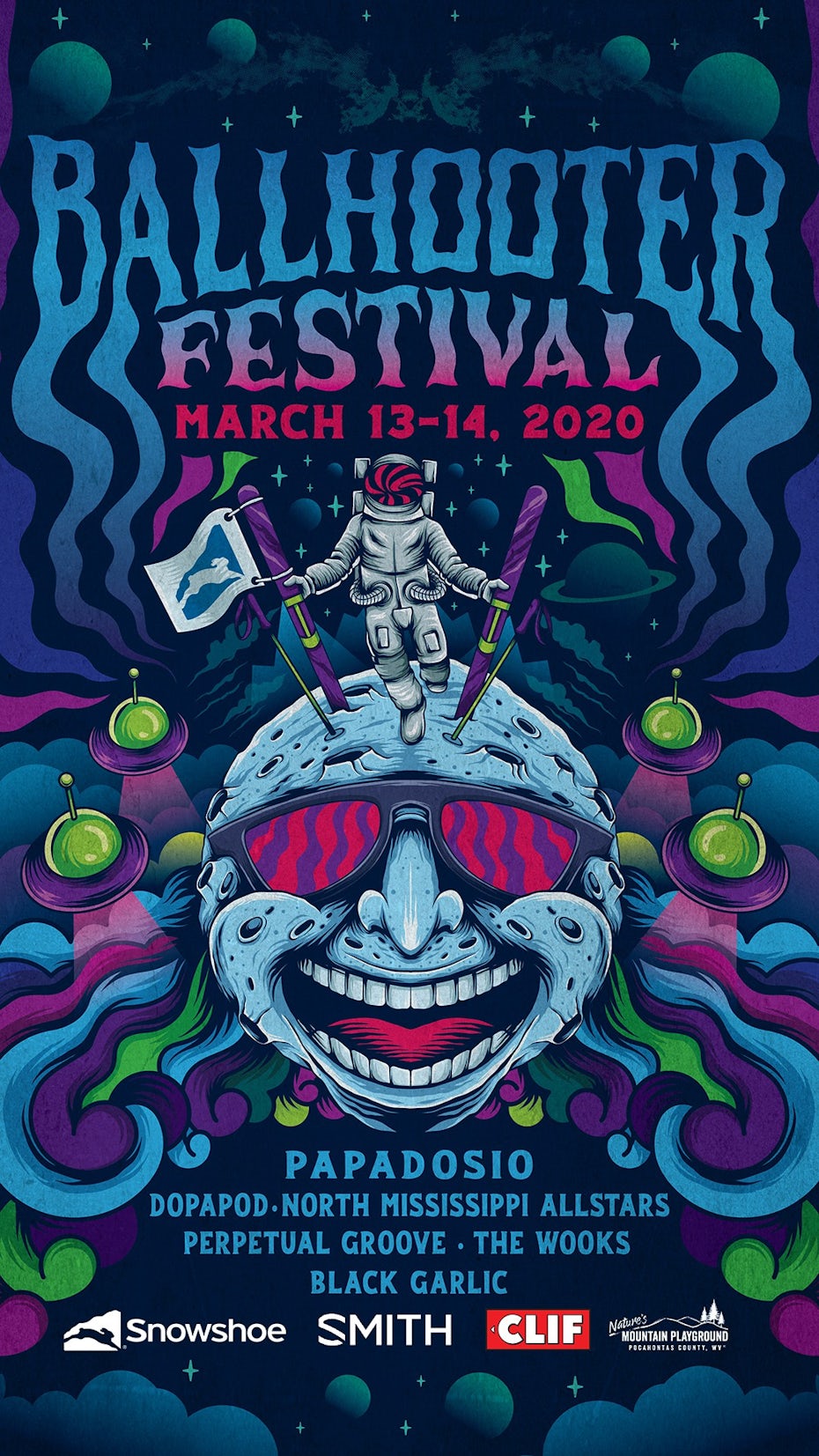
In 2021, graphic designers will be reviving psychedelia through excessive color and intensely intricate abstractions that would make M.C. Escher himself dizzy. These are designs that take on a life of their own, both in their explosive arrangements and in their complexity—to the extent that no two viewings feel quite the same.

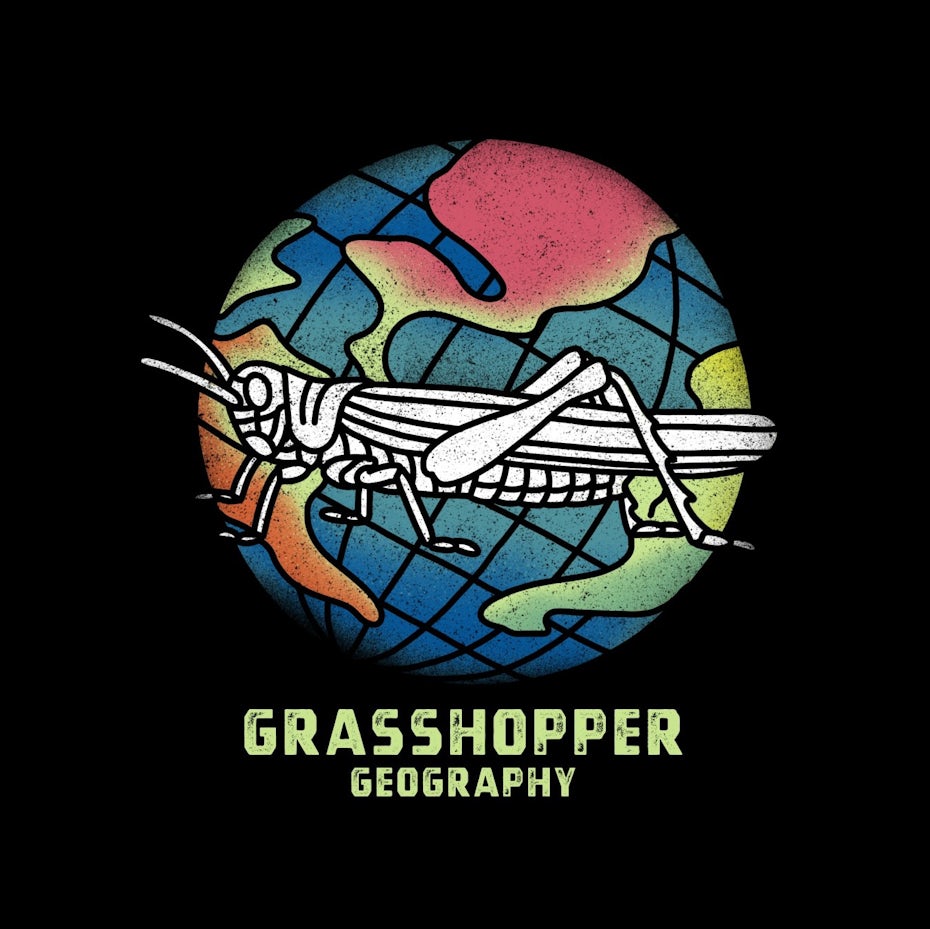
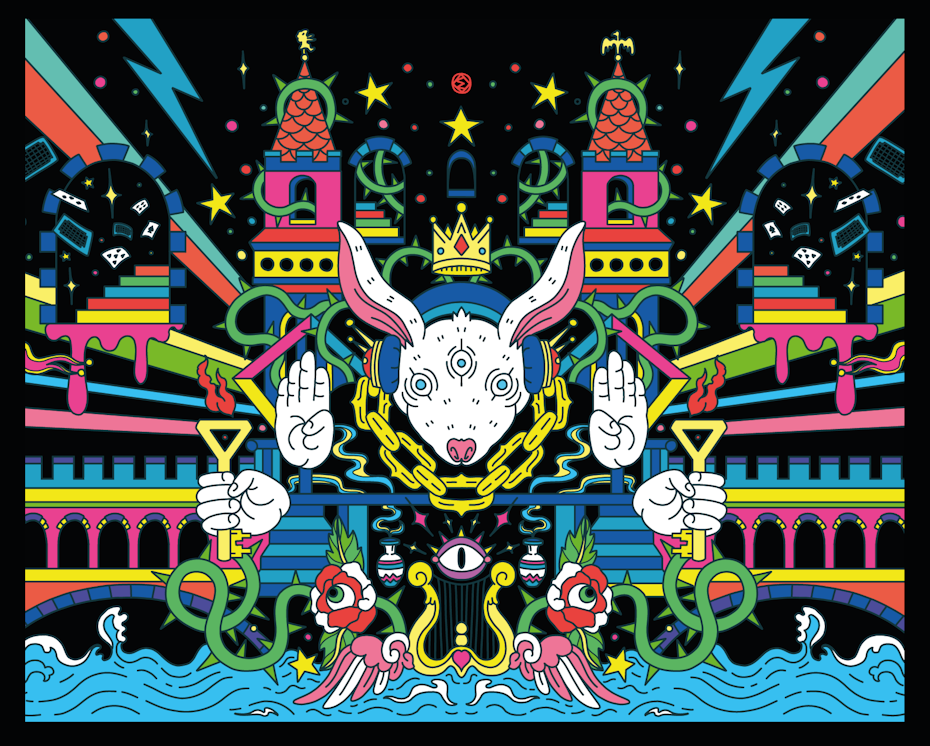
I was really excited when a Berlin based client asked me to make a giant psychedelic mural. I totally felt like Eliza in Wonderland wandering the streets at night, making art under the neon lights.
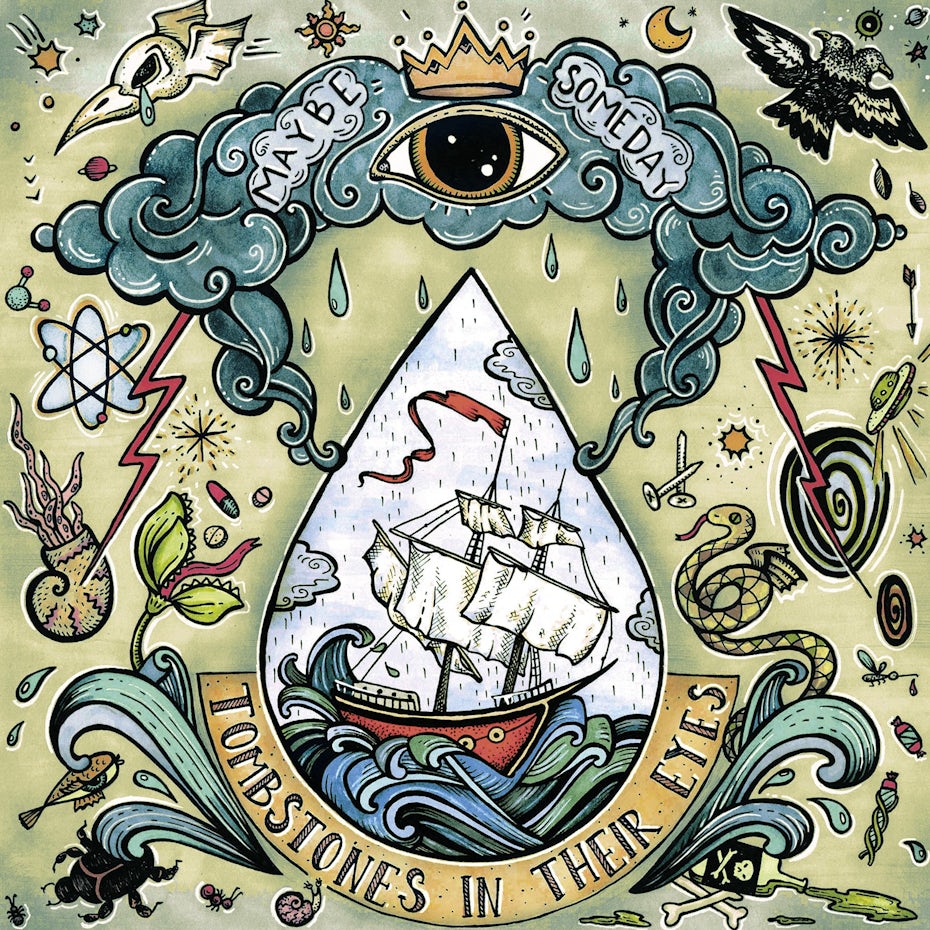


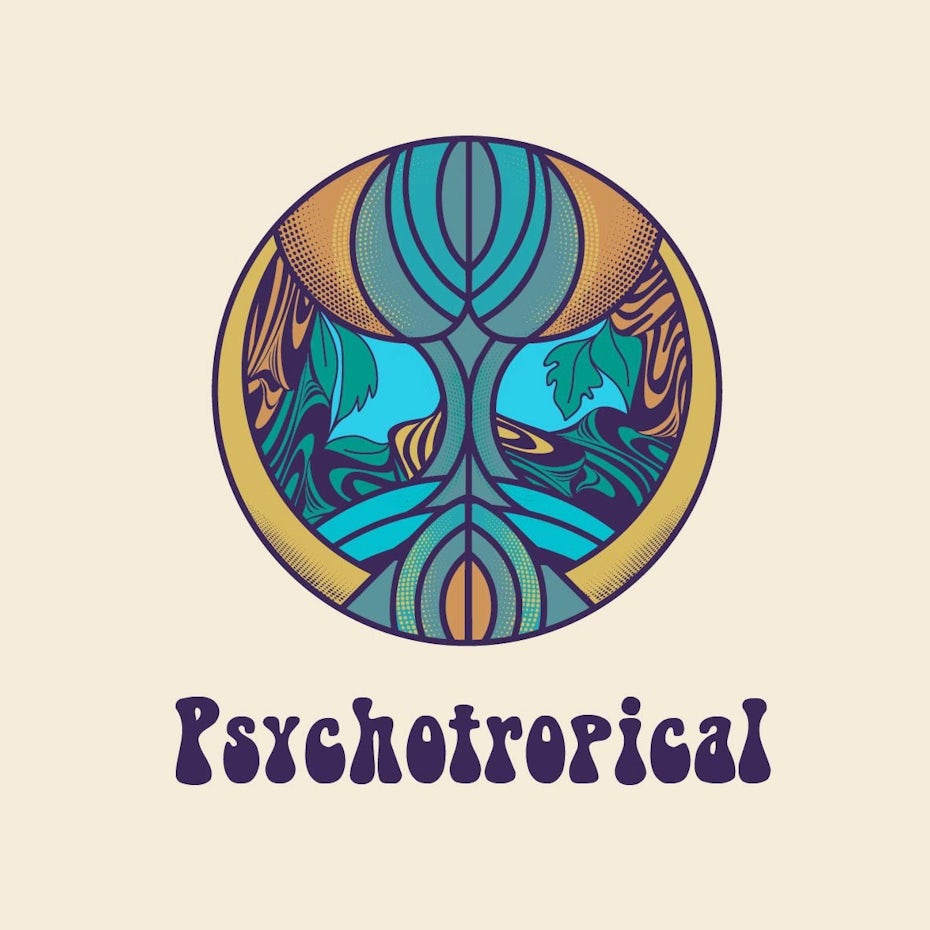
While distorted shapes and confused imagery might be the point, symmetry can make even the most complicated of these compositions feel stable. It’s as if this new psychedelia suggests there are ways to stay grounded even in the most nonsense of circumstances.
2. Symbol revival
—
In design, the little things matter. Colored bars on a waving banner can unify a nation, and a shape as simple as a red octagon can save lives at a busy intersection.
Historically, symbols like these have been about universality. Whether this comes in the form of conveying warnings or identifying a cause under shared iconography, the power of classic symbols lies in their ability to transcend language. Designers are leveraging this power in 2021 to create aspirational icons of resilience, growth and empowerment.

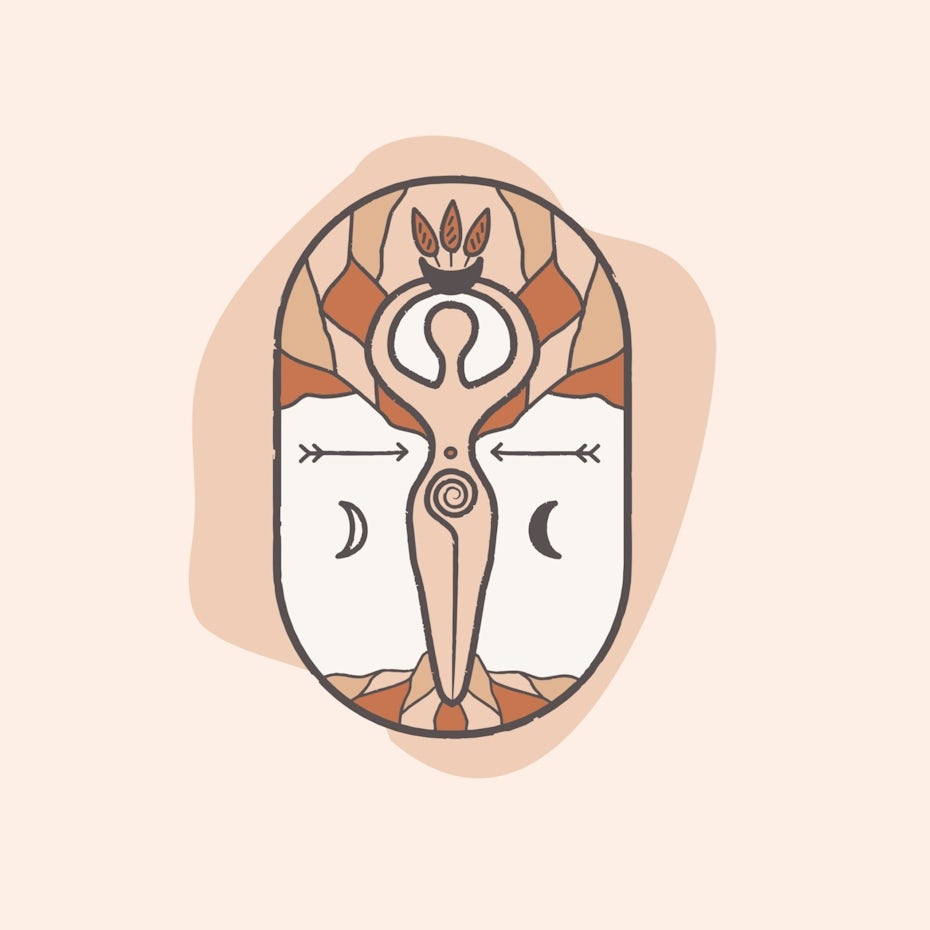
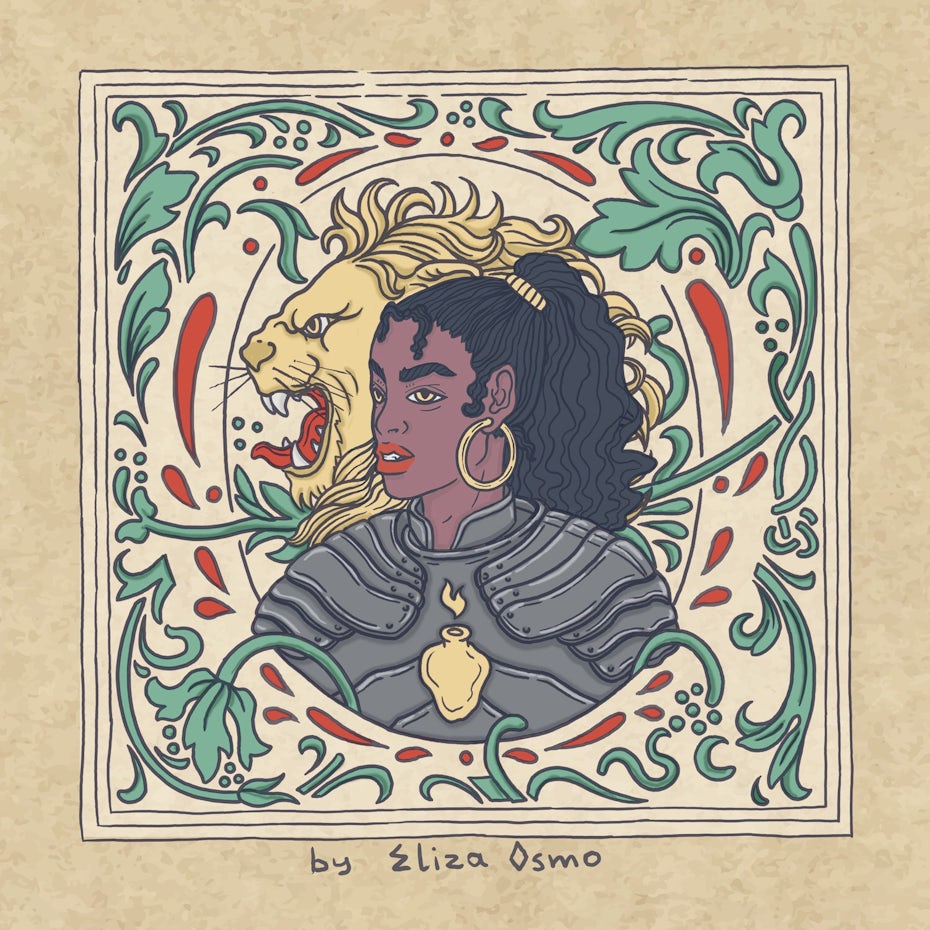
They do so by creatively incorporating recognizable symbols of power, such as goddesses, the stars and stoic lions. We’re also seeing designers modernize classic visual motifs, such as Eliza Osmo’s medieval crest or svart ink’s stained glass framing. Through classic symbols, designers are shaping the talismans we’ll need to ward away despair in the coming year.
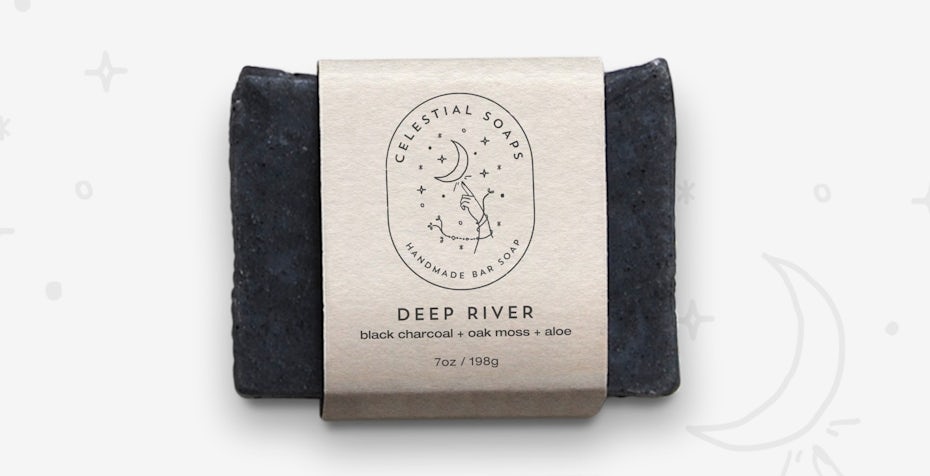
I like to express myself through symbols. For Celestial Soaps the idea was to reflect the existence of the natural ingredients through symbols, as if the consumer is feeling the presence of a celestial object.
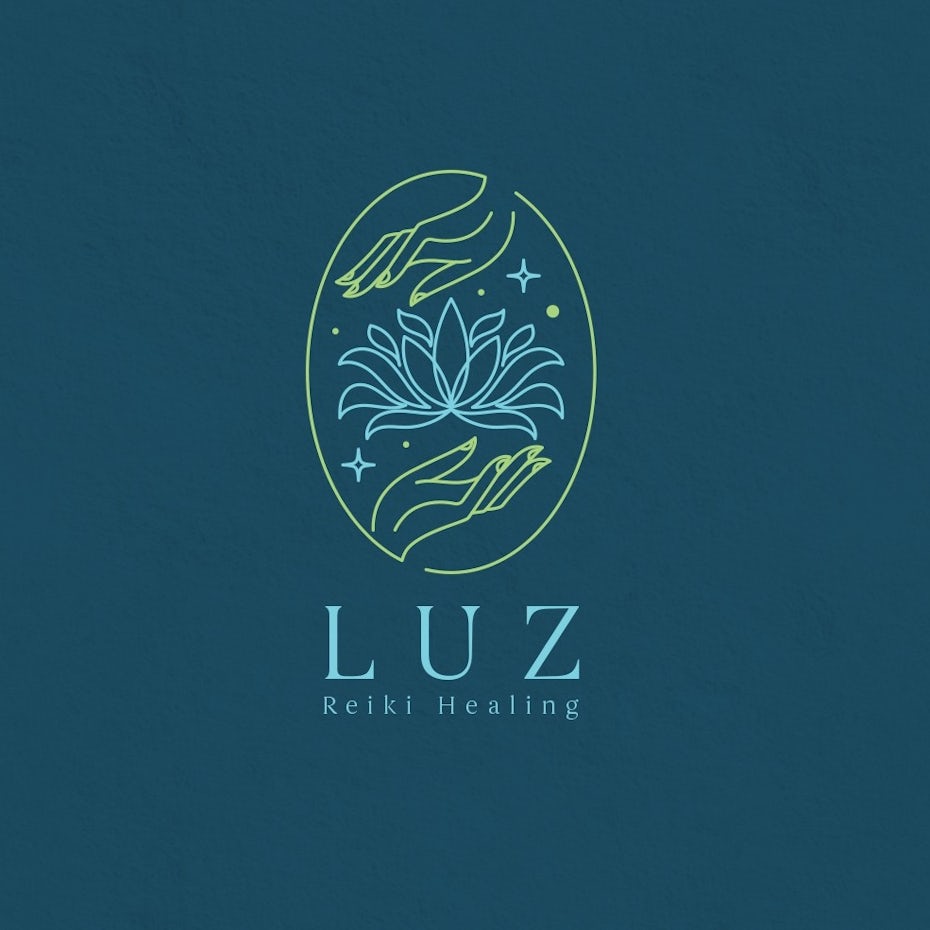

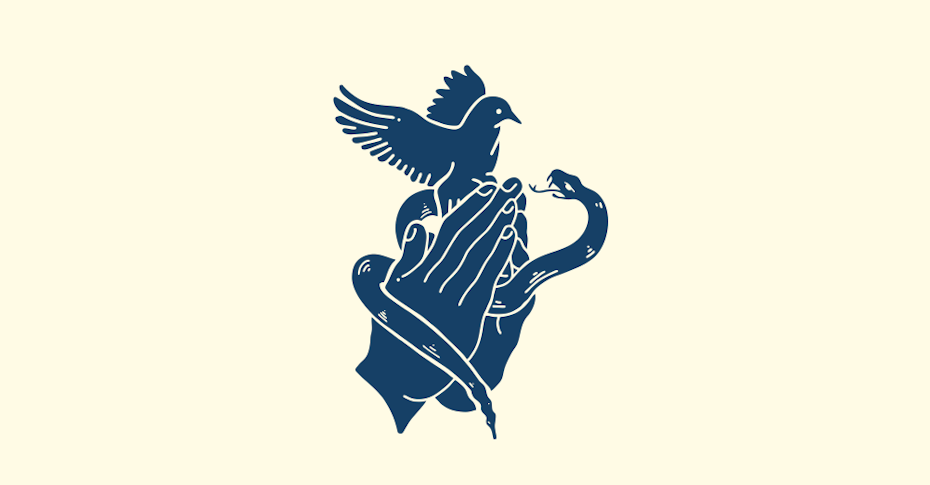

3. Retro futurism
—
Retro futurism, the sci-fi dreams of a bygone era, is appealing for the spectacular ways in which the past got it wrong. By now, we were expected to have flying cars, ray guns and robot maids. Instead, we have Roombas.
But through the ages, retro futurism as a visual style has prevailed due to its bold imagination with a surprisingly optimistic outlook—at least more so than our current visions of doom in shows like Black Mirror. The retro futurists believed in human progress, to the extent that even scary green martians in flying saucers would be no match for our scientific ingenuity.
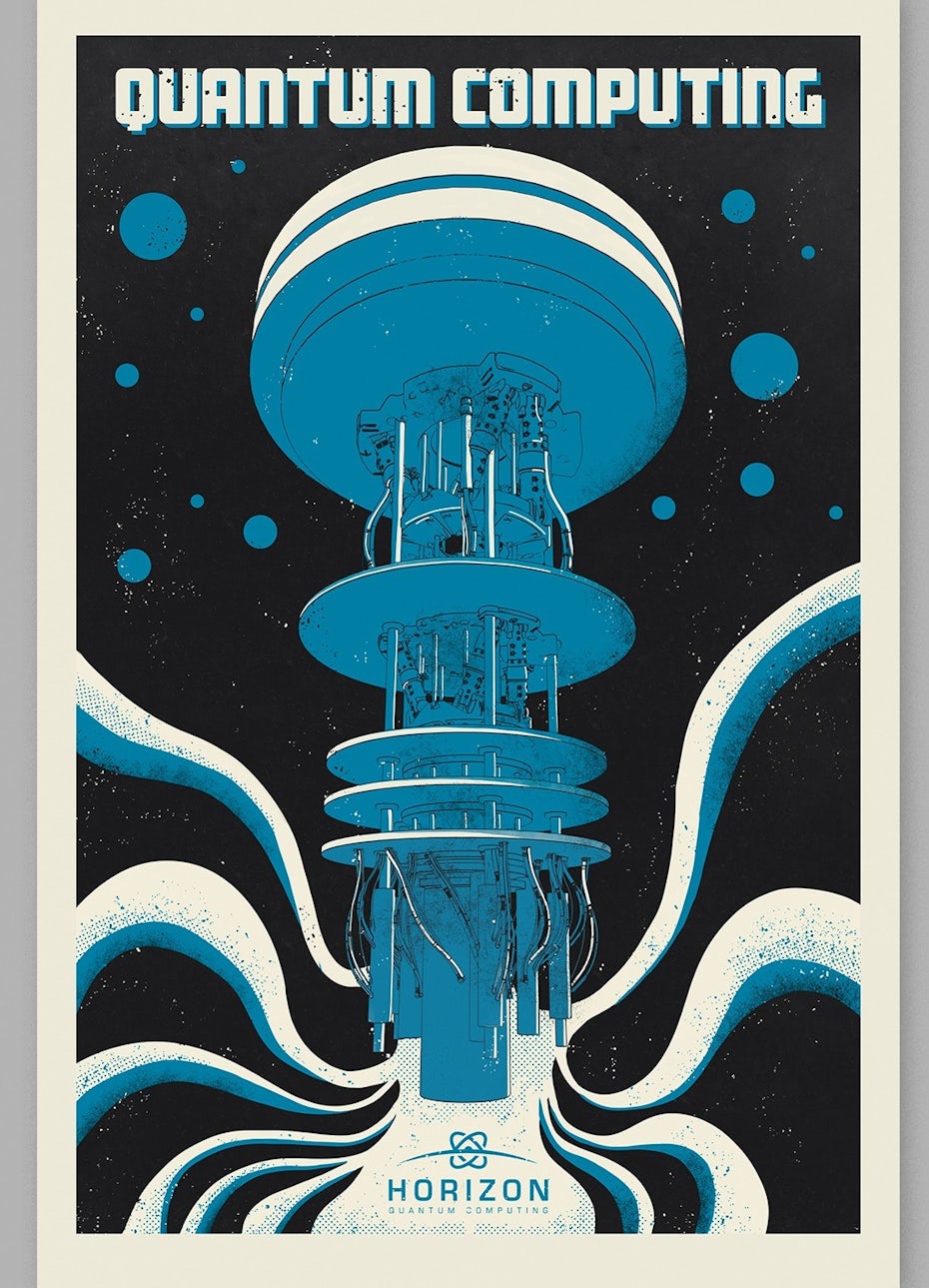
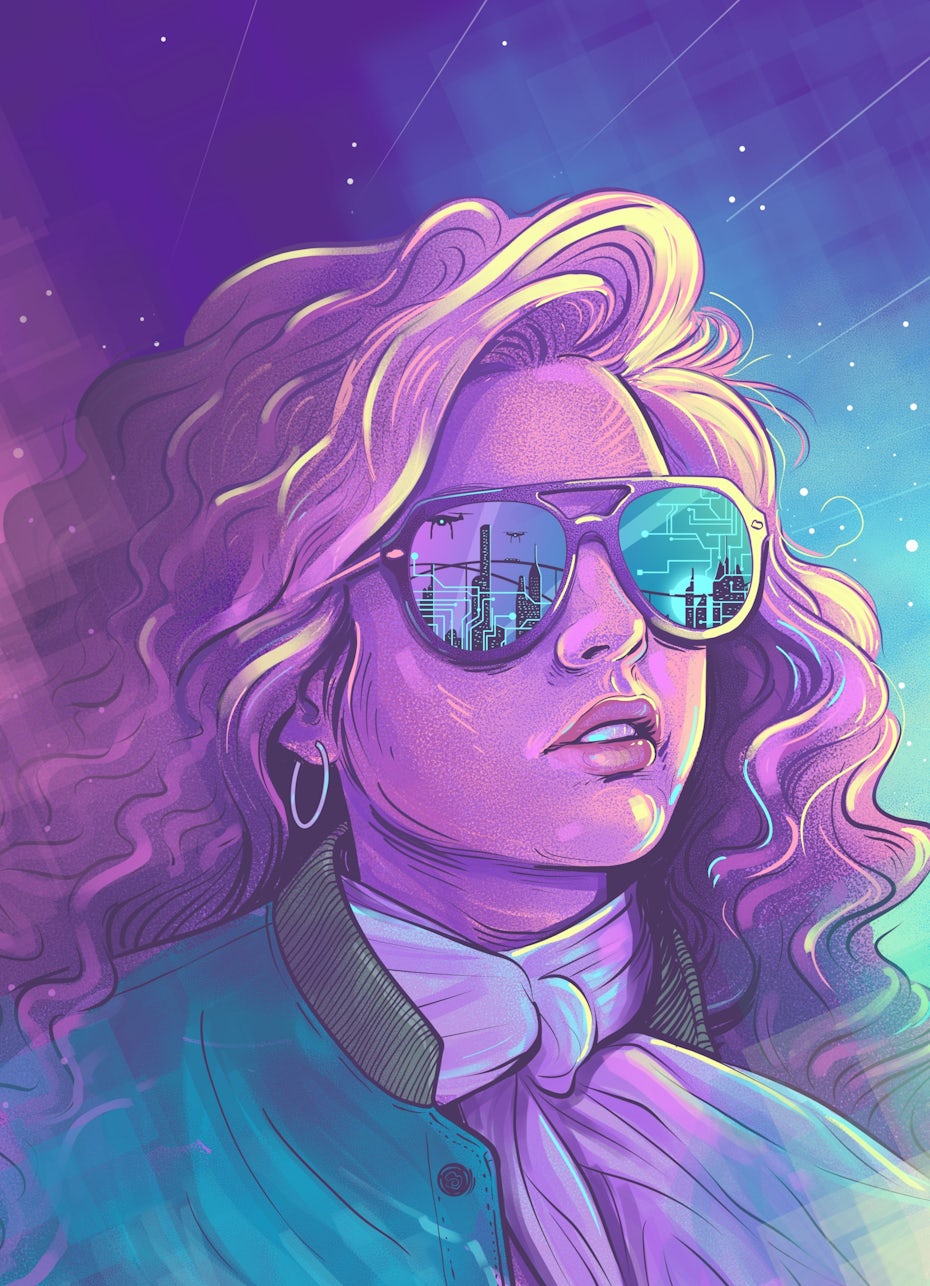
For this artwork I had to think of a cool and strong woman wearing sunglasses with a reflection of a futuristic city. Then I remembered Tom Cruise! Why? Because of his sunglasses in “Top Gun”. When I found his leading lady Kelly McGillis with her retro look, her jacket and her curly hair I had found the inspiration for my artwork.

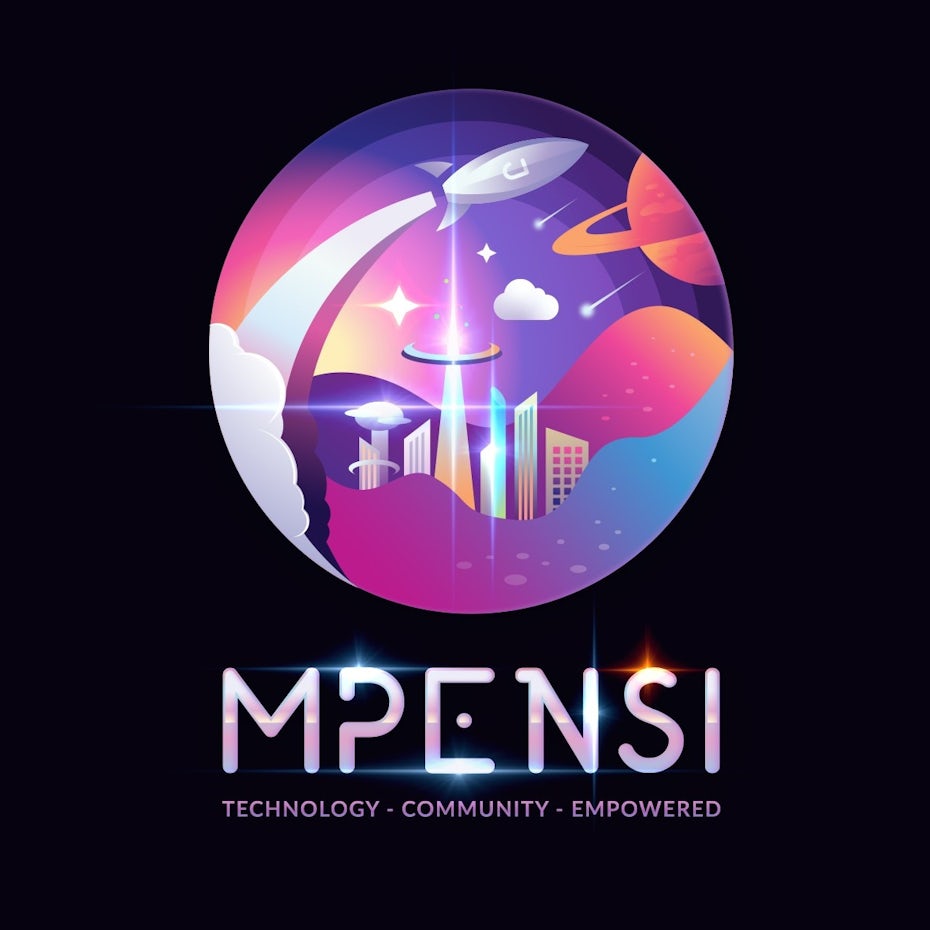
Stylistically, this optimism finds its expression through an emphasis on bright colors, computer-inspired typography, and curves—from fishbowl space helmets to arches and domes. Rather than returning us to an idealized past, 2021’s retro futurism promises to transport us back to the good old days of the days yet to come.

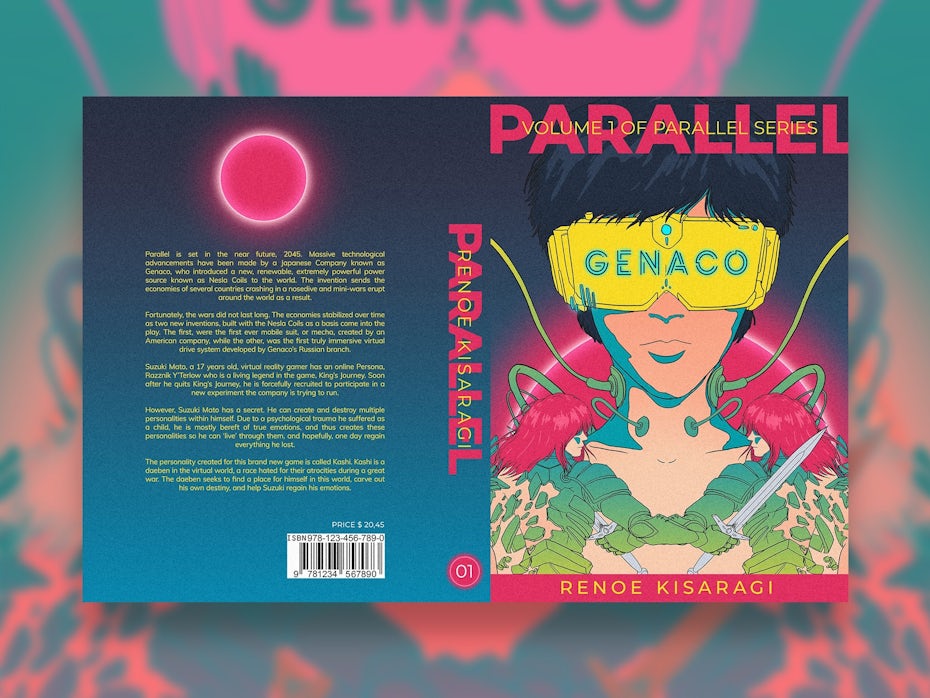
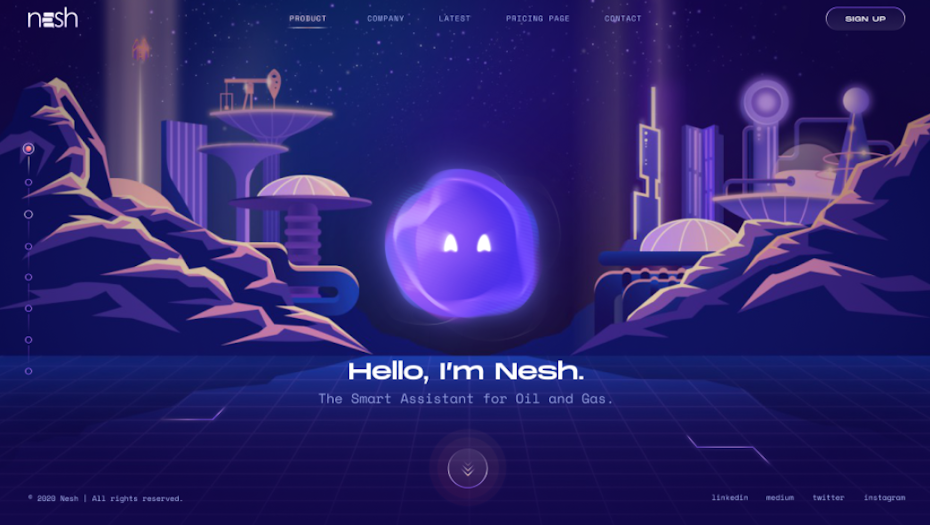
4. Seamless surrealism
—
‘Surrealism’ is one of those artistic terms people tend to associate with the inscrutable—imagery that is nonsensical by design. But what people often forget is that it contains the word ‘realism.’ The real is intertwined with the surreal, and in no year was that more deeply felt than in 2020, when the pandemics of bad fiction became our way of life.
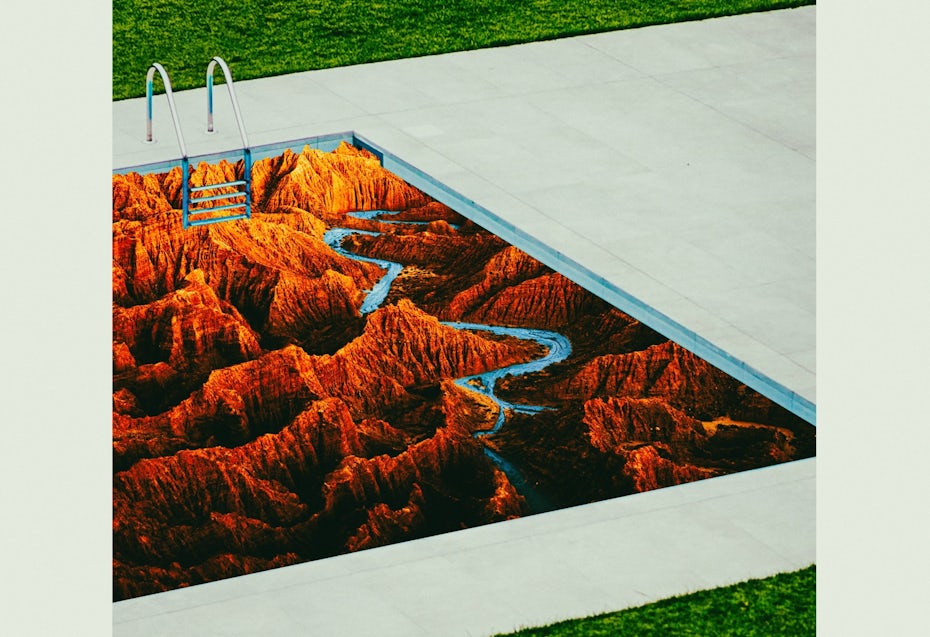

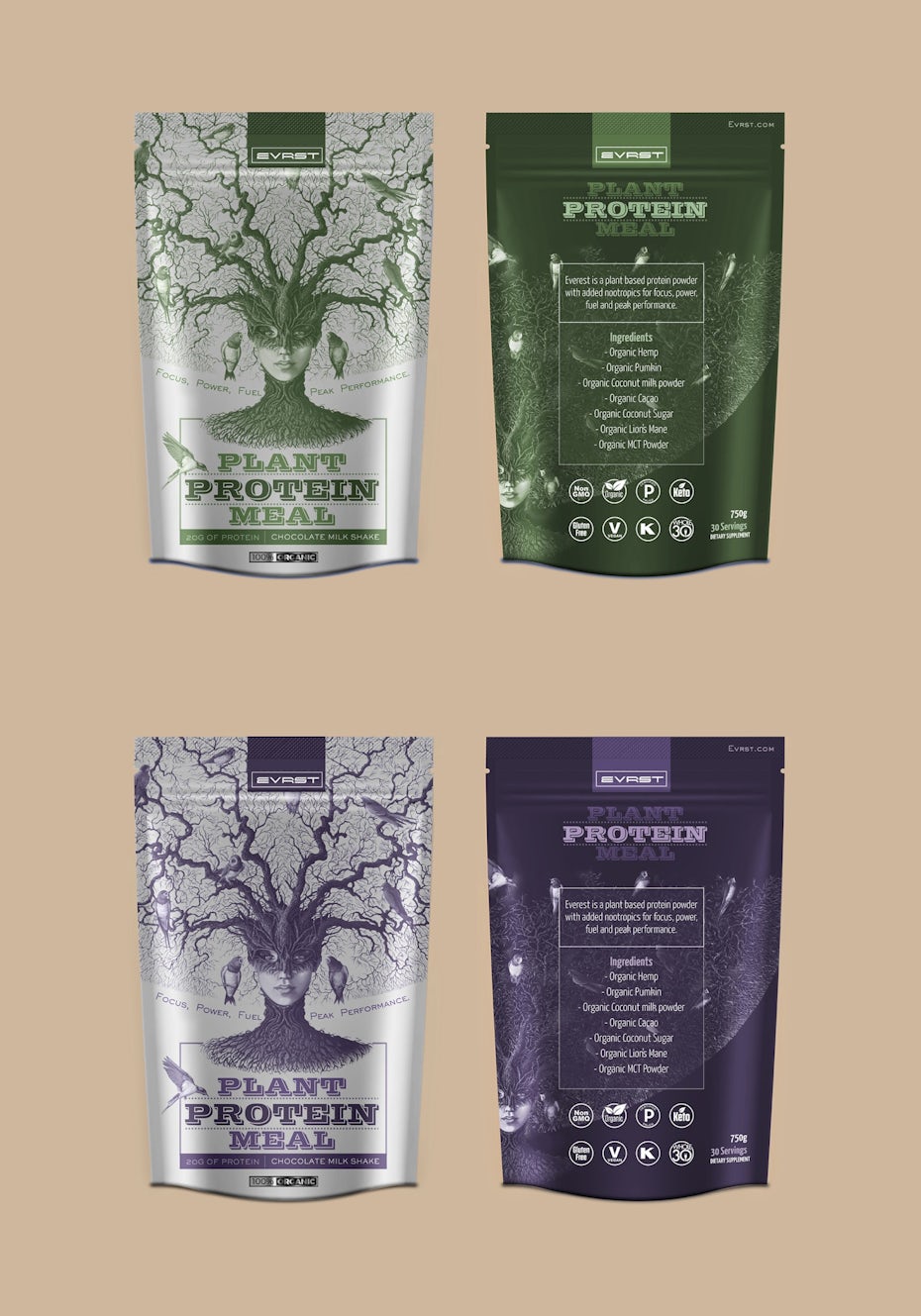
I like to take characters or objects out of context to give them new attributes that help convey what the client wants.
Graphic designers are expressing this anxiety through surrealist collages, where images that would be normal separately become strange when combined. An apple-headed man can be ordinary from the neck down and a backyard swimming pool can contain an entire mountain range.
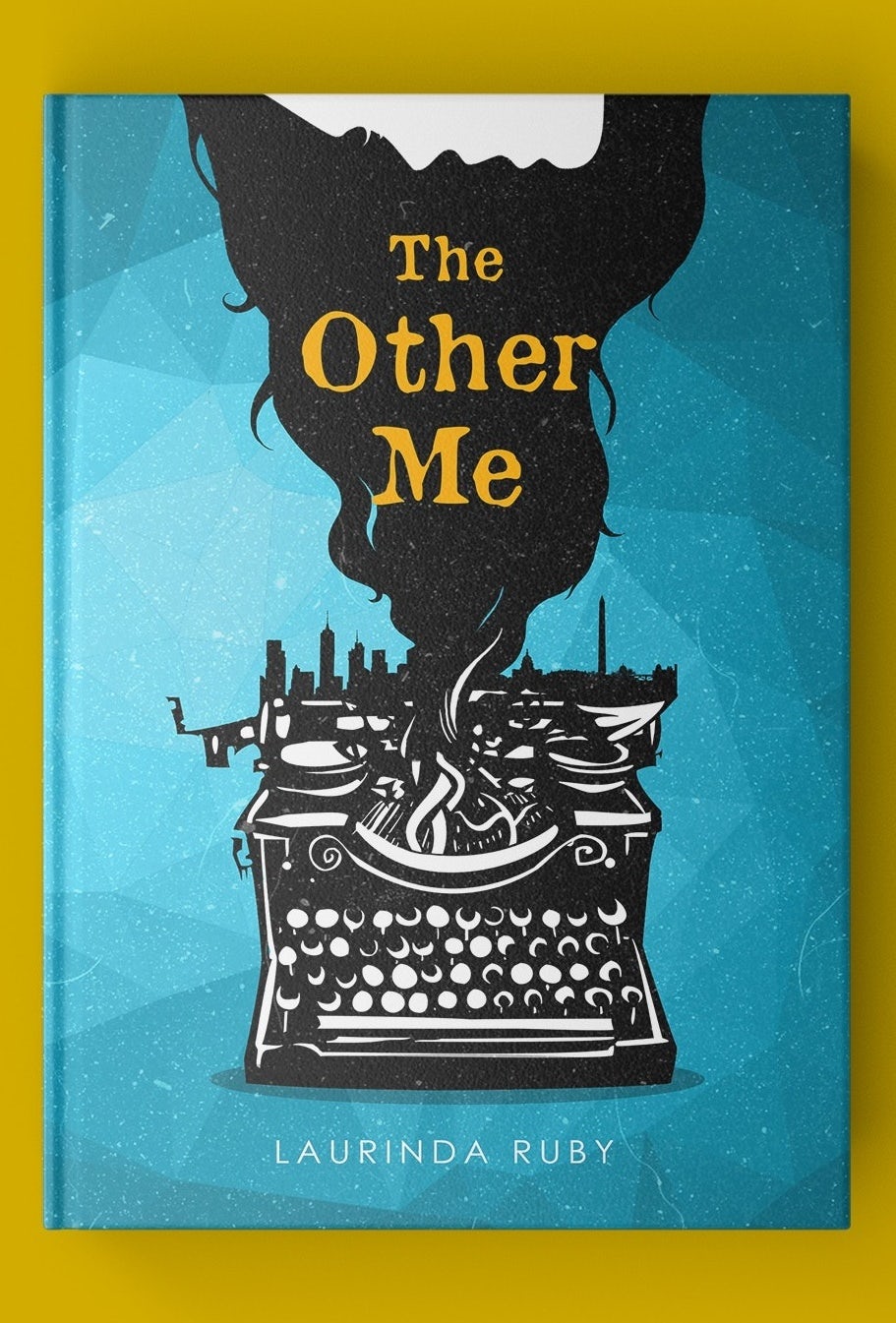
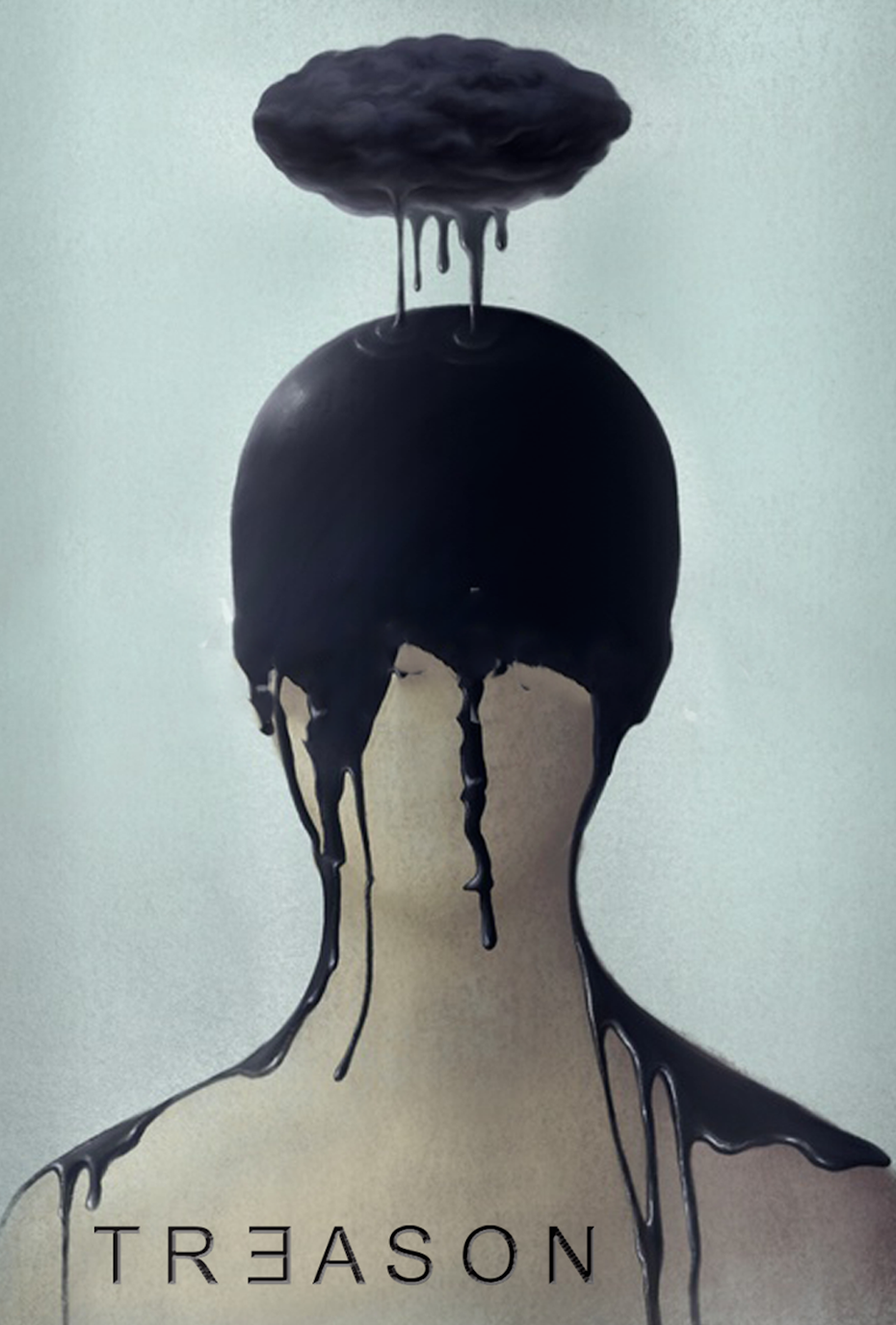


The illusion is seamless, making it difficult to separate one image from another. The effect is to greet the strange with nonchalance, to accept impossible combinations as one. As a high concept approach, we expect to see this trend more frequently on image-focused media such as posters, album art, and book covers.

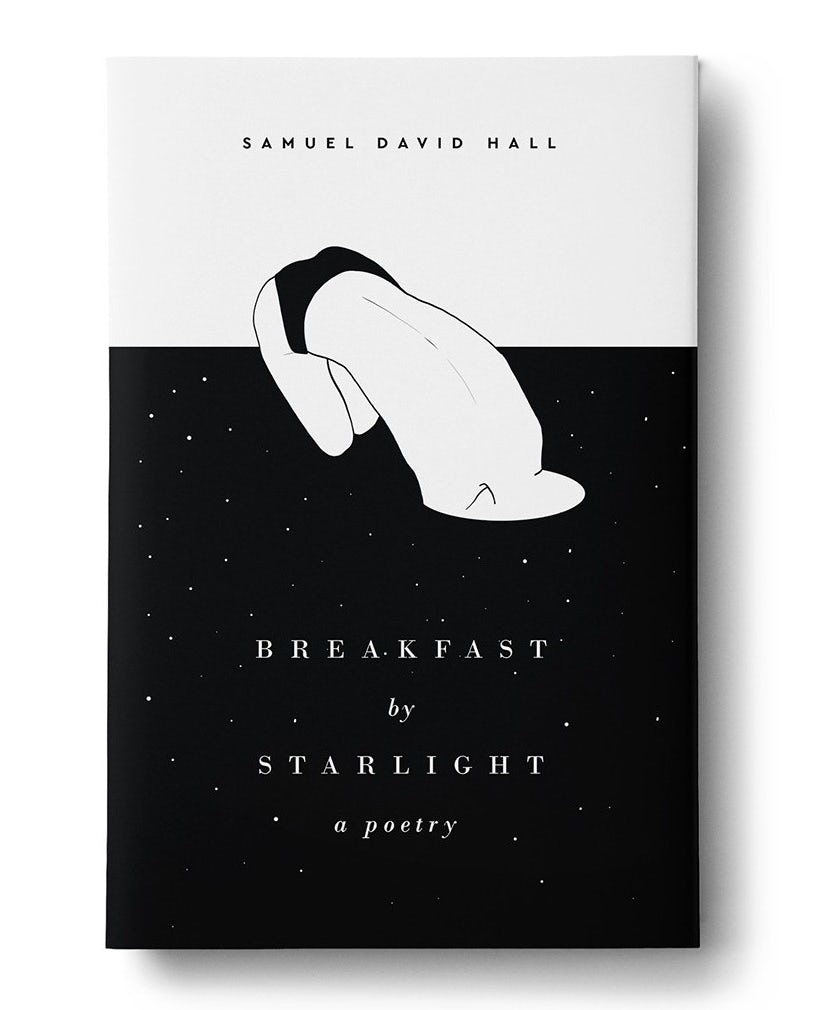
5. Authentic representation
—
The Black Lives Matter movement represents an unprecedented watershed moment of global protest. We remain hopeful that it is only the beginning of a reexamination of systemic prejudice and that its impact will continue to ripple through every industry in 2021, including graphic design.
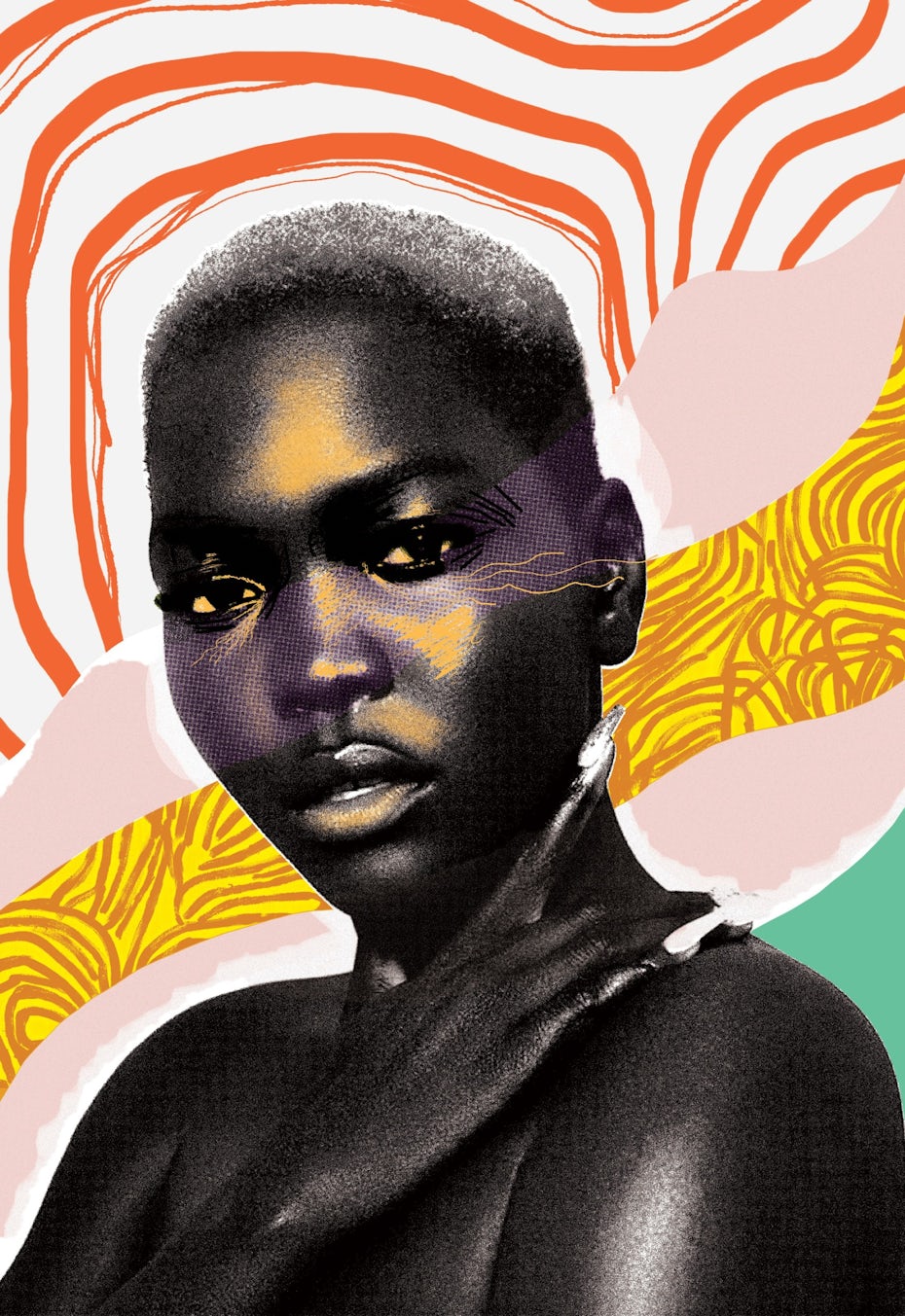
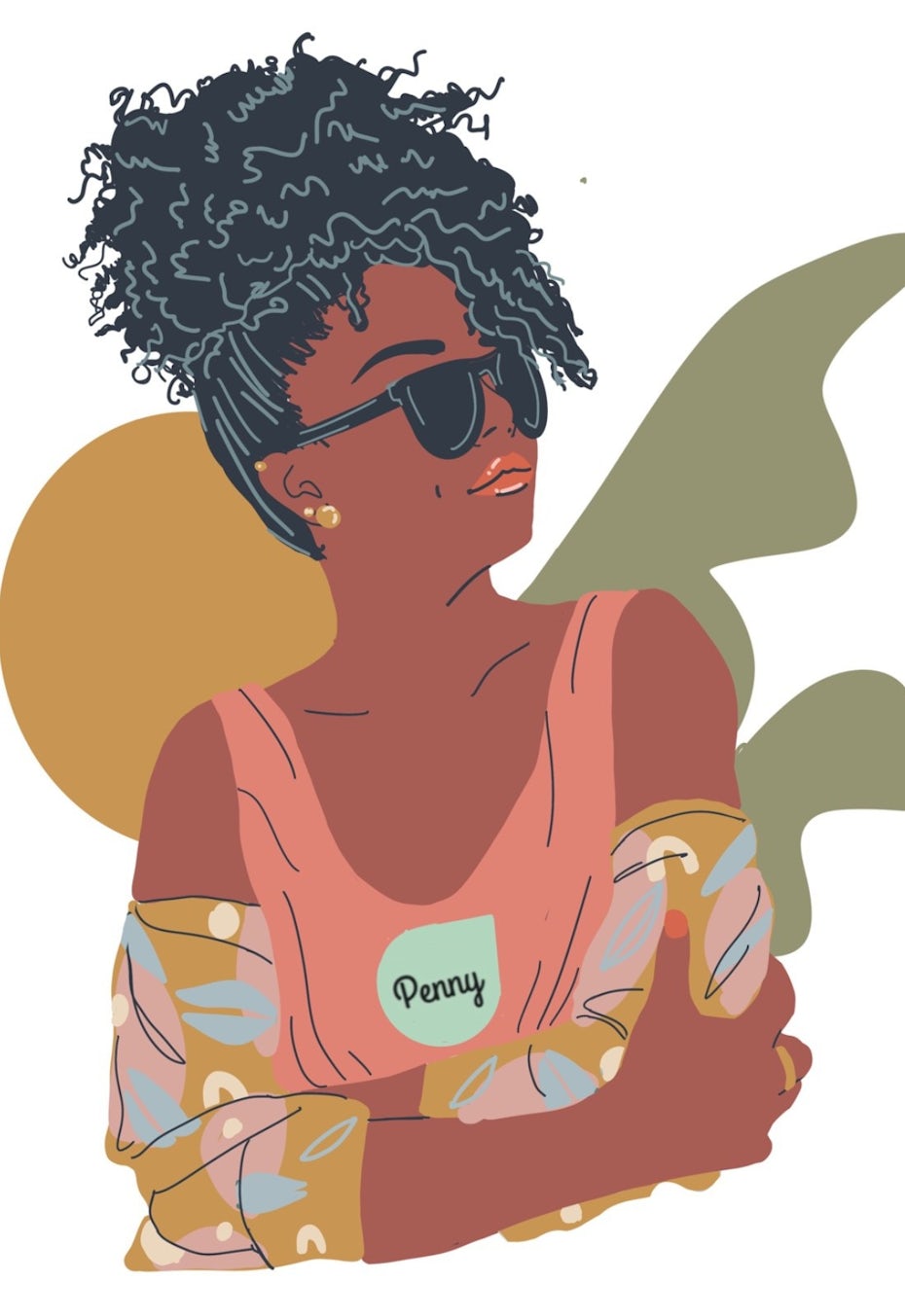
As a designer portraying diversity is the way we can do our part for a better and more inclusive future. By portraying diversity, we inspire & encourage people of all backgrounds on their journeys and that’s such a needed and positive change.

We have already seen designers make efforts to ditch models in favor of authentic and diverse people in illustration and stock photography. We imagine that this will go even further in 2021, beyond mere inclusivity to celebration. We saw designers of color uplifted in the immediacy of the BLM protests, and the result was portraiture of black men and women in powerful and inspiring settings and poses.
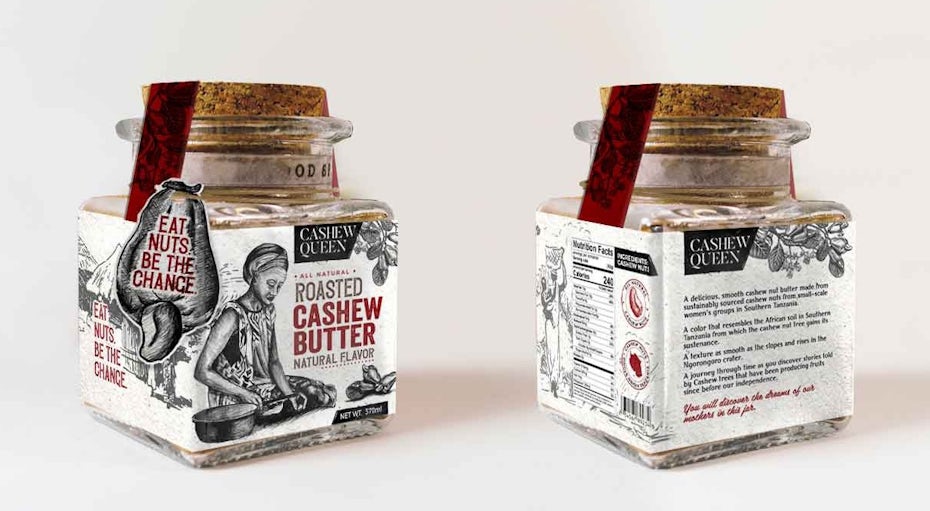

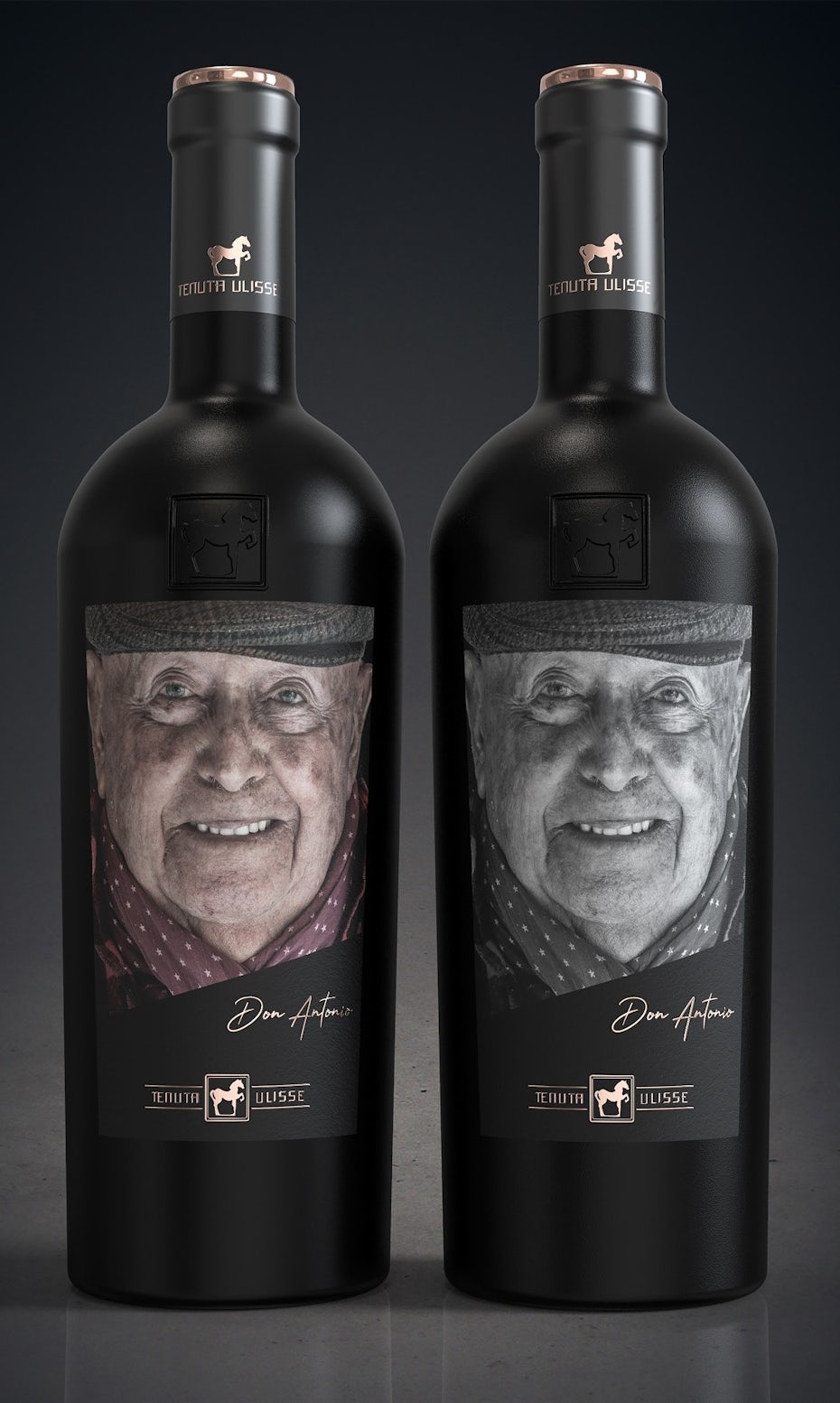
2021 will be the year to show how different people are and how rich our planet is exactly for that. The trend is to use images of real people with their own characteristics, flaws and uniqueness.
If there is one thing design should avoid, it is sameness. Highlighting various cultures, skin tones, ages and identities represents an exciting opportunity to make designs that, like authentic people, are truly one of a kind.
6. Irreverent characters
—
Good design can tell a story. Great design makes that story unforgettable. For 2021, many graphic designers are looking to ditch abstract visuals in favor of quirky characters. And the more personality these characters embody, the more memorable they become.


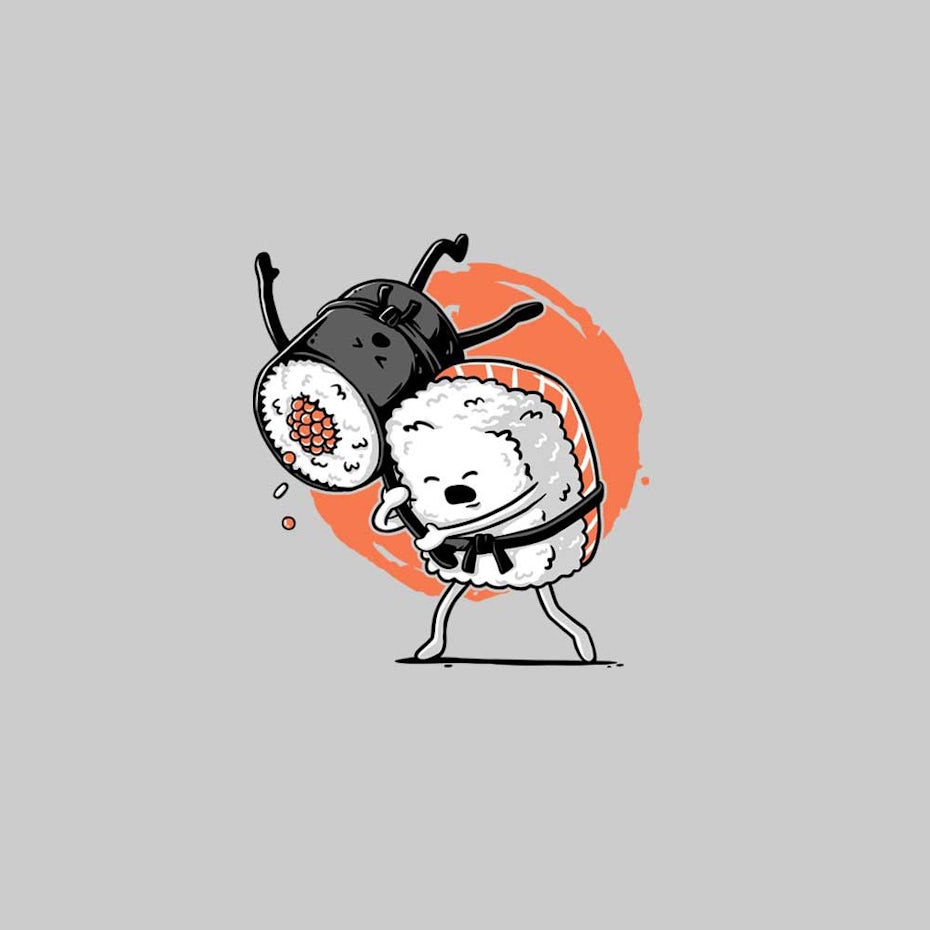
Concept illustration lies at the heart of this trend—providing not only character poses but personality in the form of a hand-drawn approach. It’s why these styles can range from detailed cross-hatching to the simplified shapes, lines, and colors of modern cartoons. The concepts themselves—suit-wearing animals and anthropomorphic sushi—signal the much-anticipated return of humor and weirdness in the months to come.
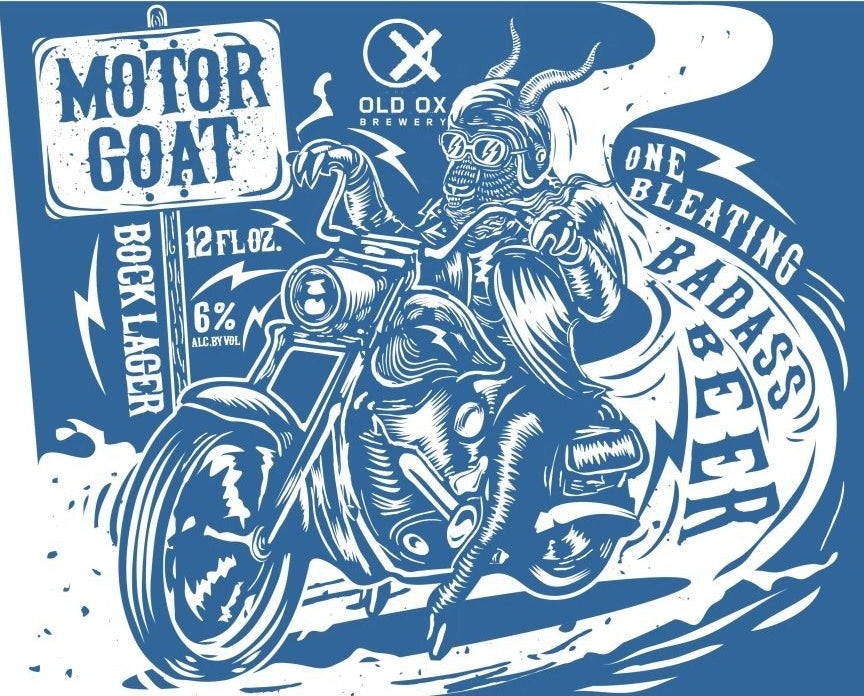
The inspiration for this design was the old-school biker culture from the 70’s. The thing I like most about it is that the overall look reflects that the goat rides his bike like there’s no tomorrow.

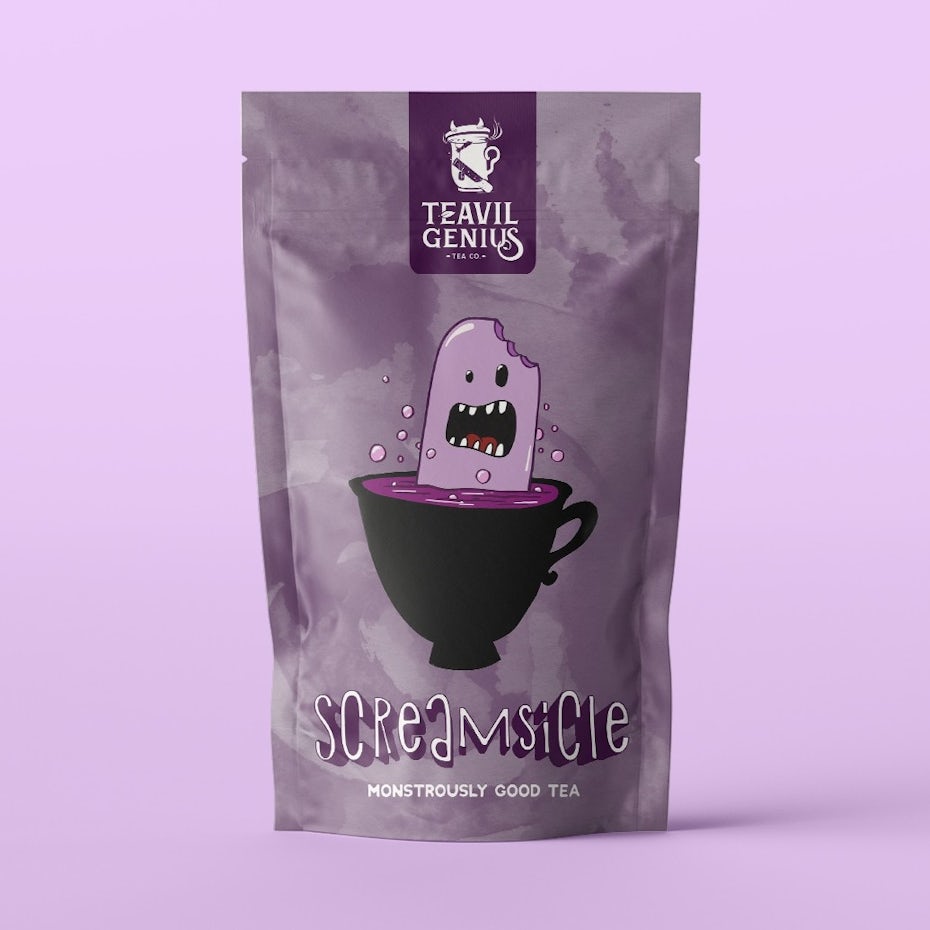
7. Comics and pop art
—
Like an arch nemesis, the design styles of the past never truly die. And this year, graphic designers are resurrecting the grainy colors, the heavy inking and the action lines of vintage comics.
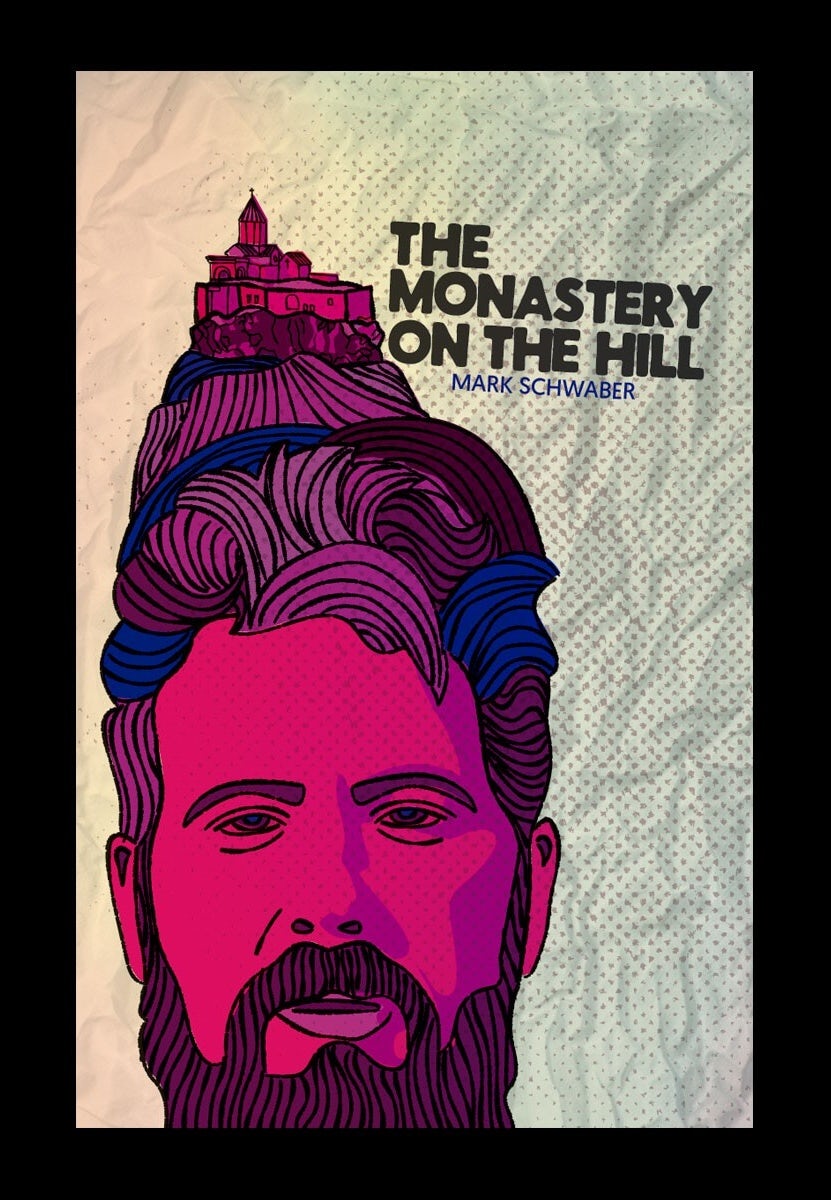
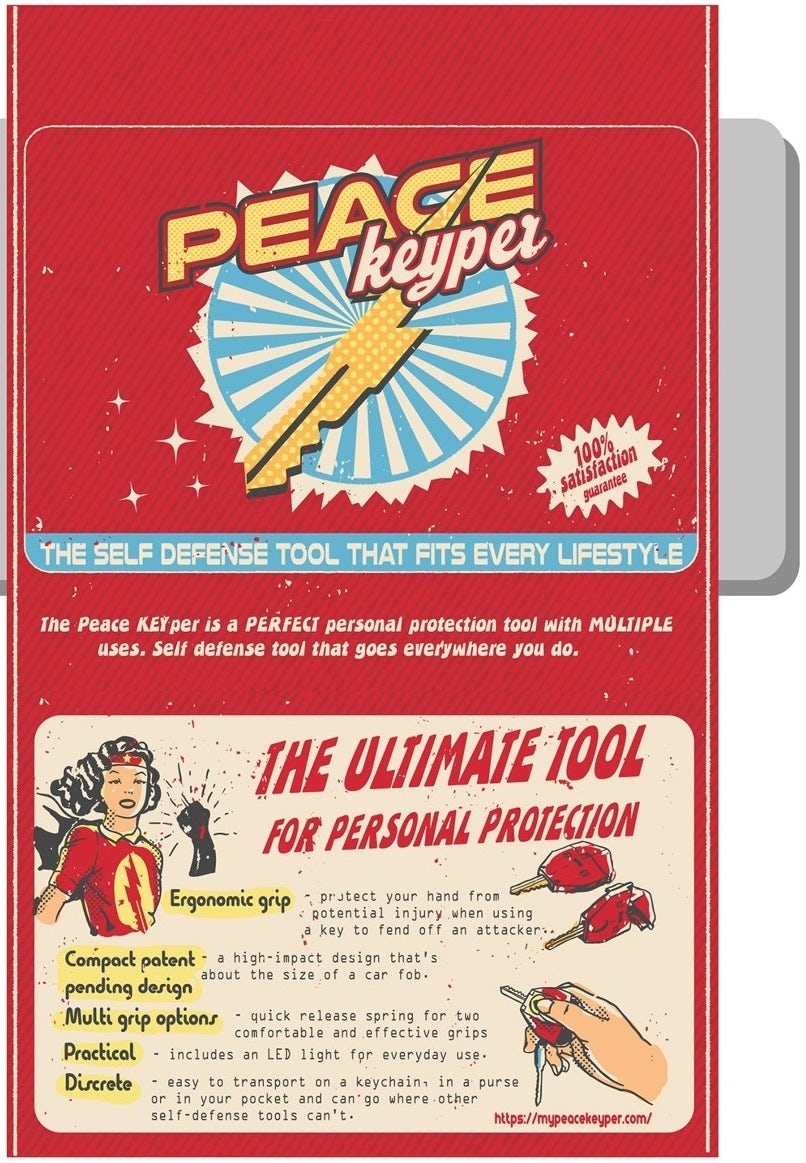
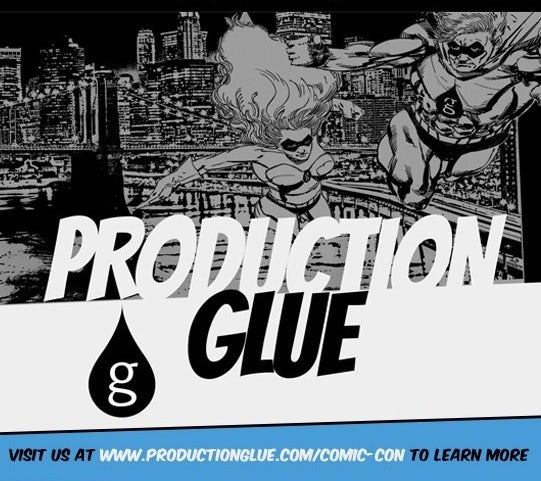
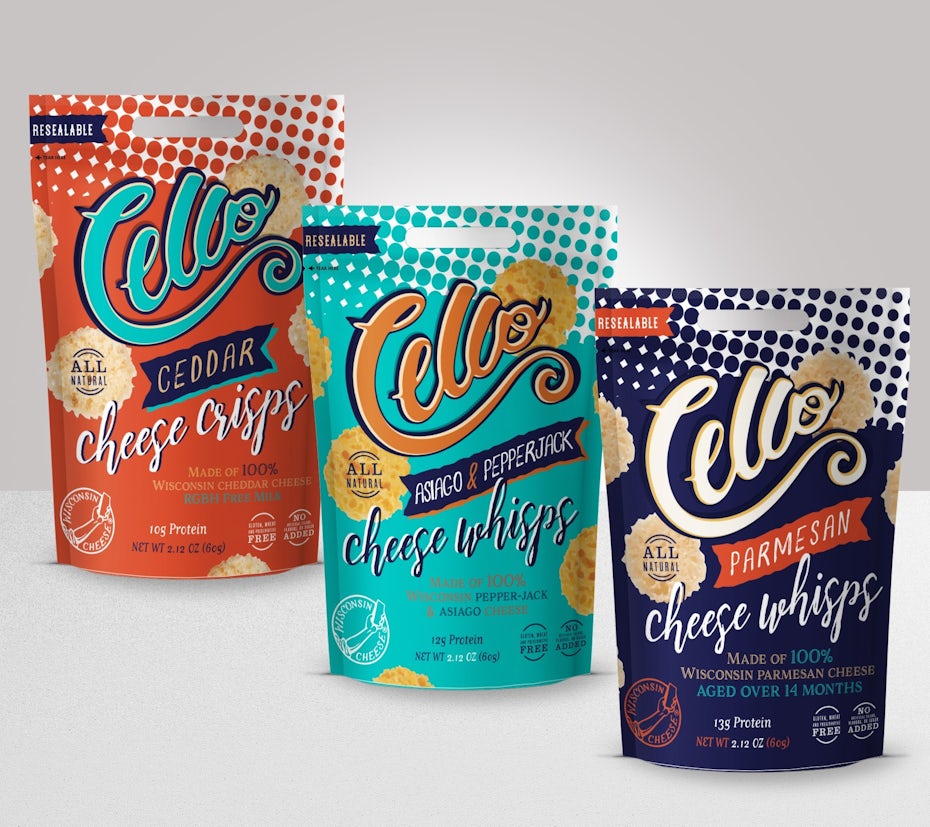

Born of an era of primitive printing technology, comics often used halftones, or simplified dot shading, to represent color. Nowadays, this approach can breathe new life into modern minimalist trends such as flat design through grainy texture and depth. Similarly, web designers can break the grid with slanting panels and skewed shapes to create the sense of drama and motion.
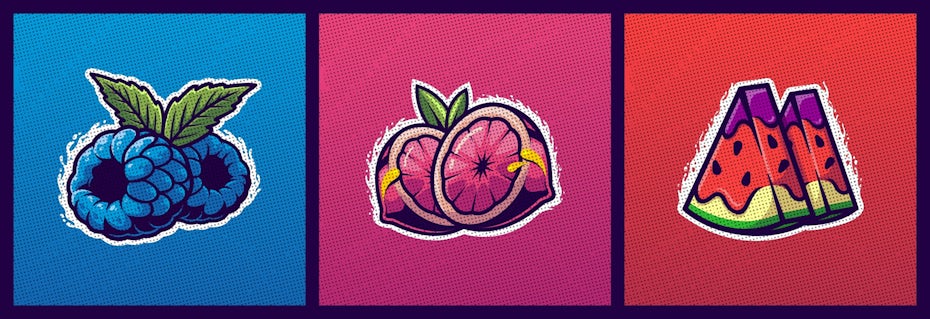
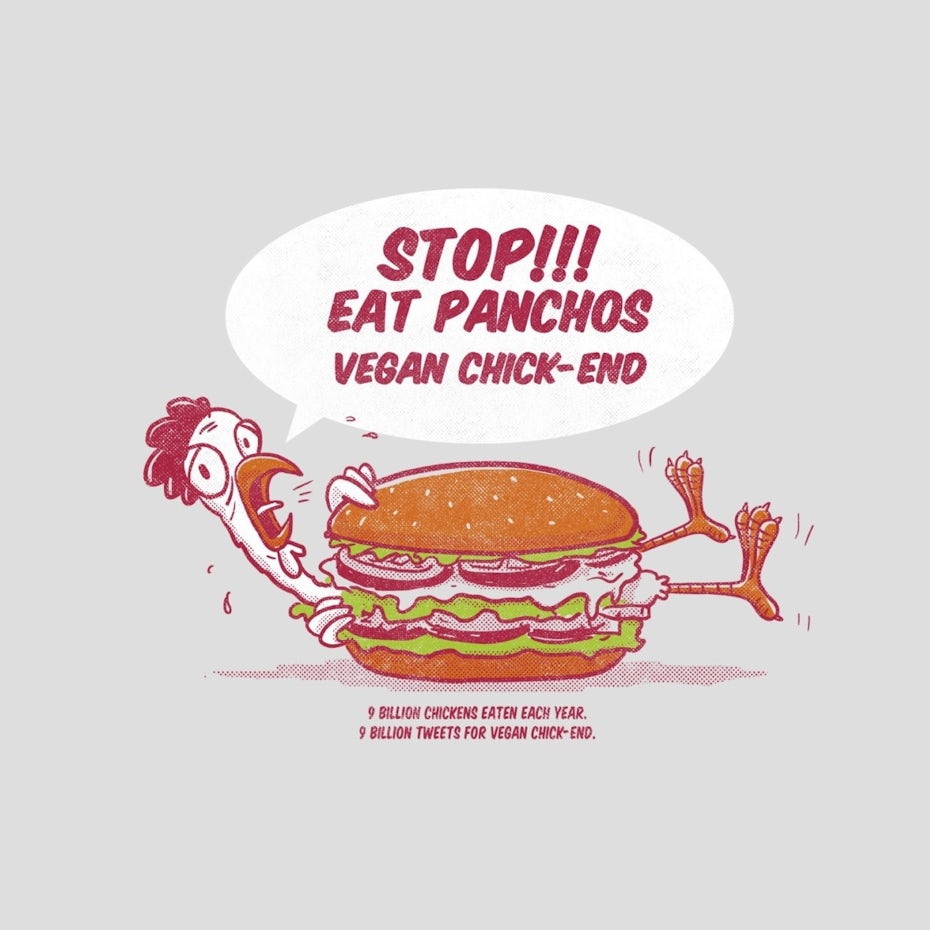

In the global pandemic our medical professionals are considered our modern super heroes. I chose a comic style because when I was a kid I really liked comic books like Superman and Marvel. The comic book art style really inspired me during the design process.
Though spandex-clad superheroes are not essential to this trend, the designers of 2021 are turning to the texture and illustrative techniques of their graphic novels to rescue modern design. Except for comic sans. Nothing will rescue that.
8. Fine art infusion
—
There has always been a separation between fine art and design, but 2021 is less concerned with traditional borders. As a result, we are predicting painterly techniques such as acrylic brushstrokes and abstract expressionism will make their way onto shelves and screens across the world.
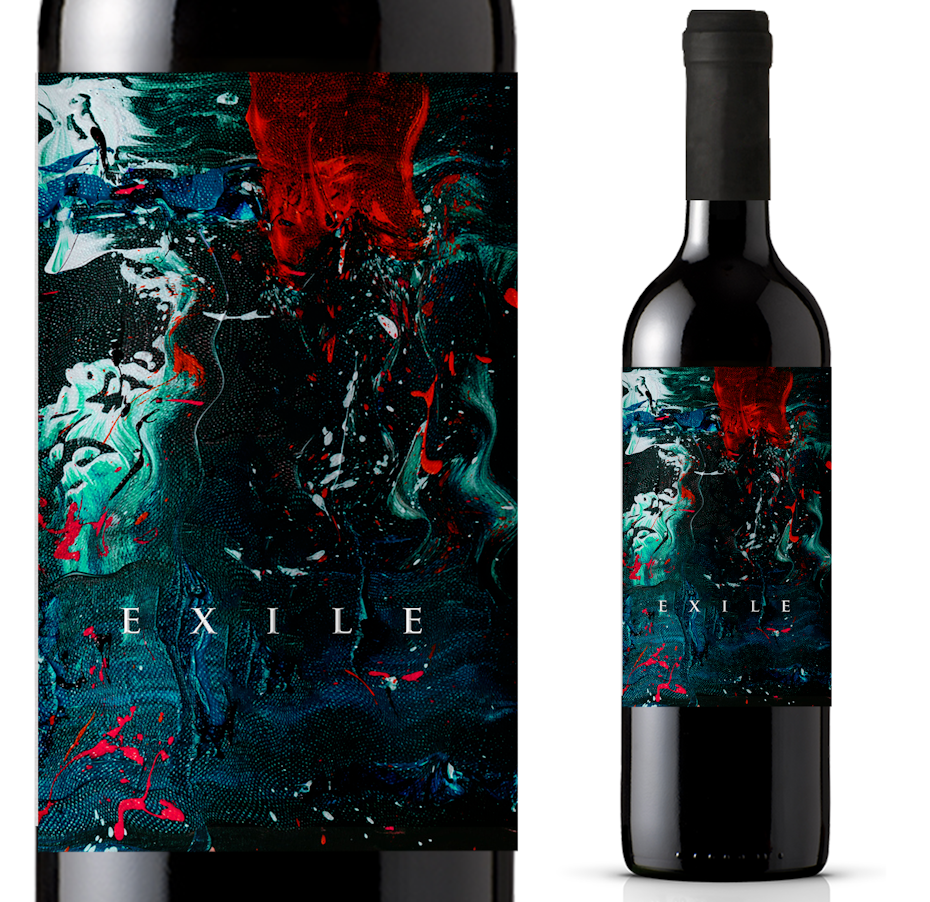


Abstraction is one of my favorite painting directions and techniques, which allows us complete freedom of expression. Abstraction is not limited by law: colors, textures, shapes and spaces.


Painting infuses designs with surface variation and depth, making them look real enough to touch. For that reason, this trend pairs well with physical products. Specifically, since fine art is associated with culture and class, it is useful for products that wish to convey an old world elegance—like wine labels and cosmetic packaging.
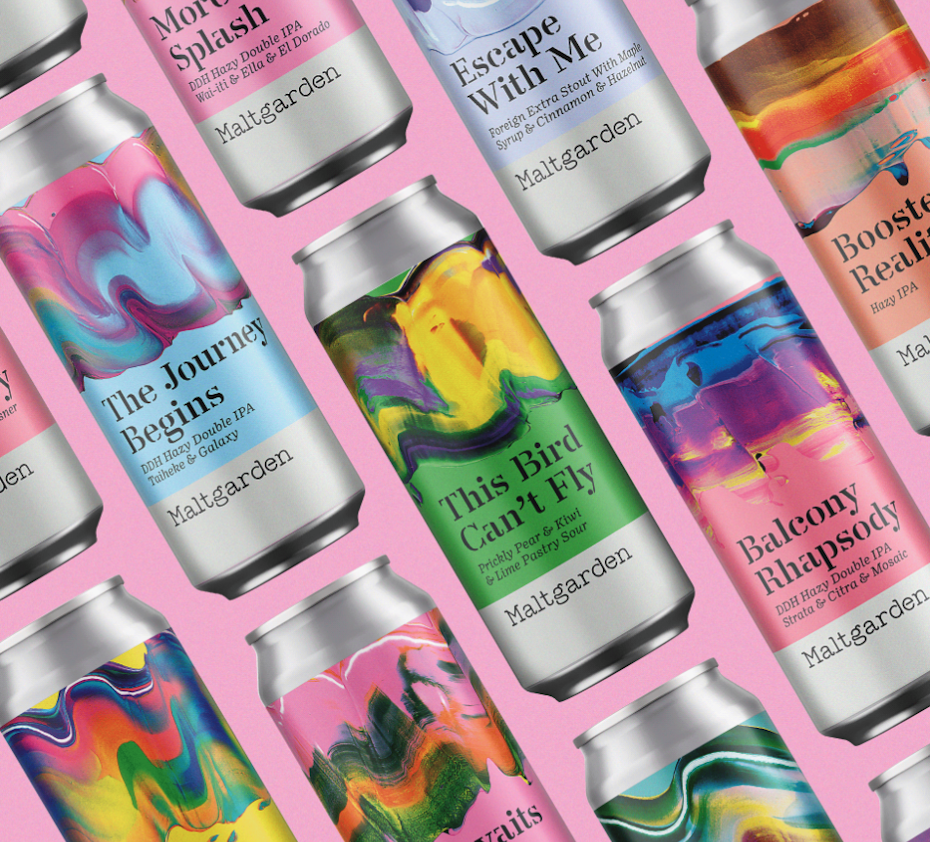

Painting also results in darker tones than those created in computers, and this gives designs an air of solemnity. Though this might not sound cheery, designs like these naturally invite the viewer to take a moment and reflect.
9. Elements of nature
—
There’s no avoiding it: many people spent much of this year cooped up inside. That would go double for designers who might have experienced their work-from-home freelance lifestyle begin to resemble solitary confinement. It may be no surprise then that the outside world will be making its way inside 2021’s graphic designs.

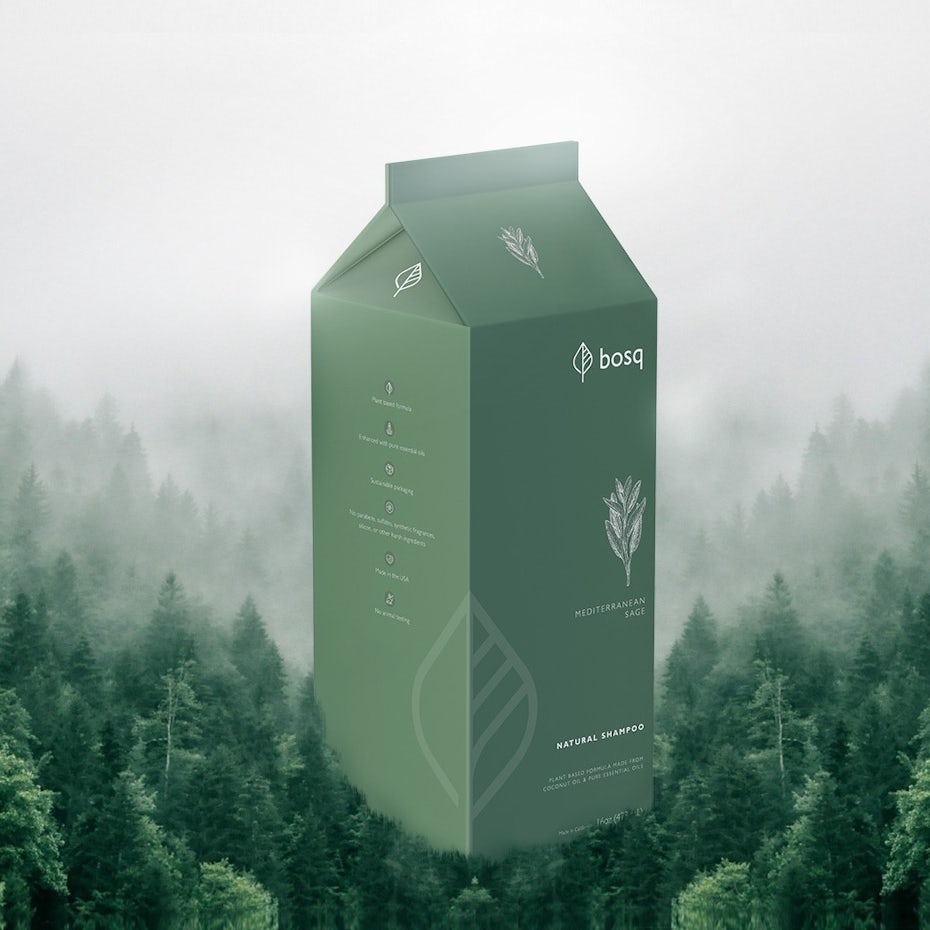

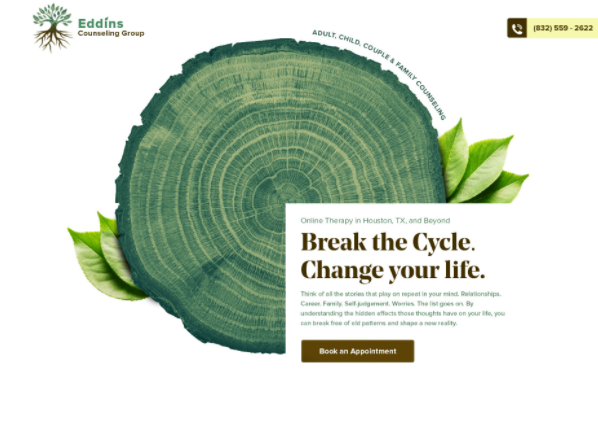
So many of us have felt cooped up in 2020 with COVID, and have a strong desire to spend time in green spaces. Even looking at photographs of these places can feel soothing if you are stuck in apartment. I think we’ll see a greater appreciation for these kinds of visuals coming through in 2021.
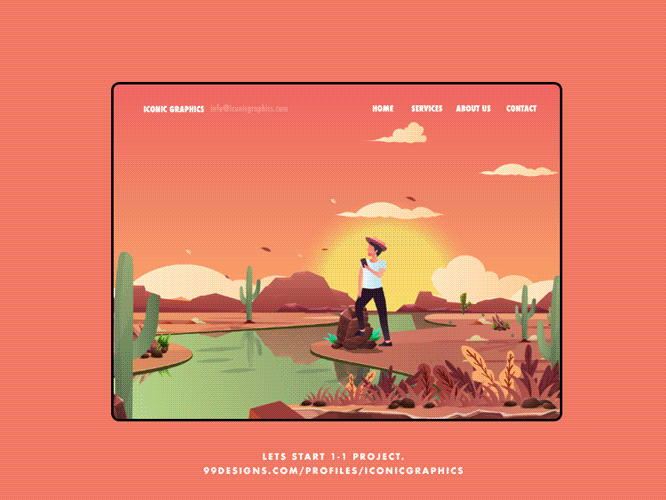
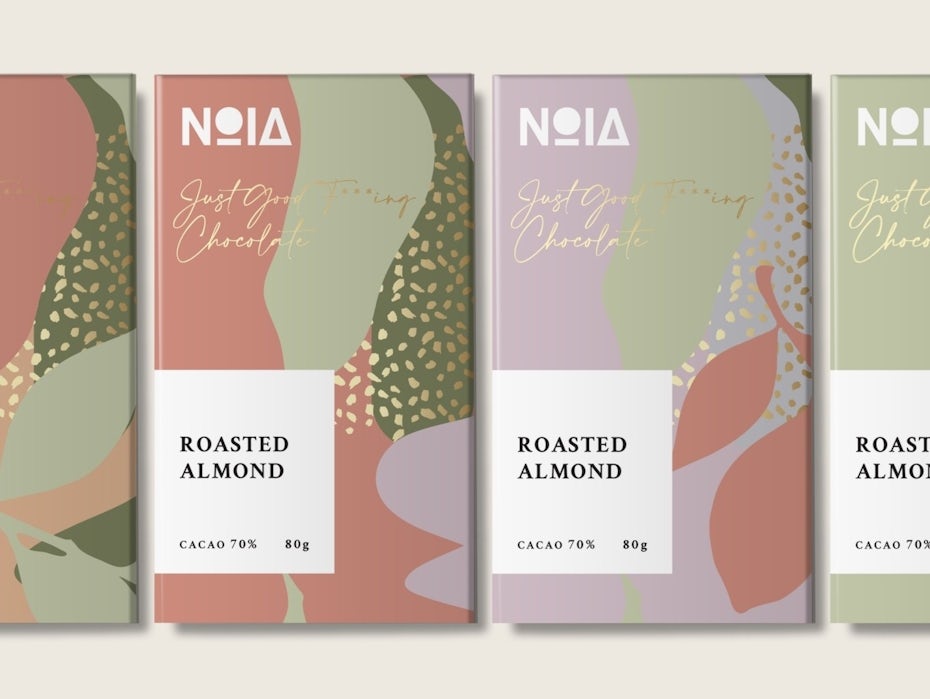
Whether this trend manifests in the form of leafy patterns, earth-tone color schemes or illustrations of breathtaking vistas, graphic design is going green. The best part about this trend is we are seeing it reach beyond environmentally-oriented products.
The effect of nature imagery is to impart serenity, renewal and growth—all of which we’ll be breathlessly anticipating in 2021.
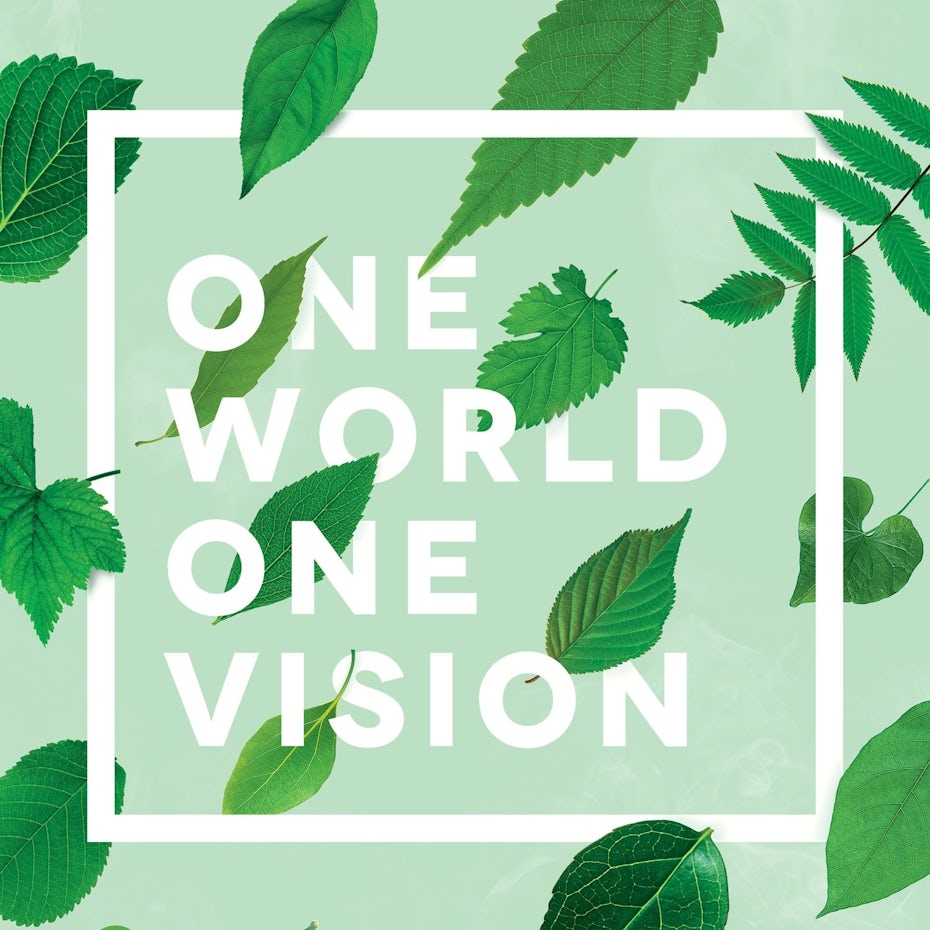

What particularly influenced me in this piece was a quote I read: “Nature is like a woman who enjoys disguising herself, and whose different disguises, revealing now one part of her and now another, permit those who study her and assiduously to hope that one day they may know the whole of her person.”
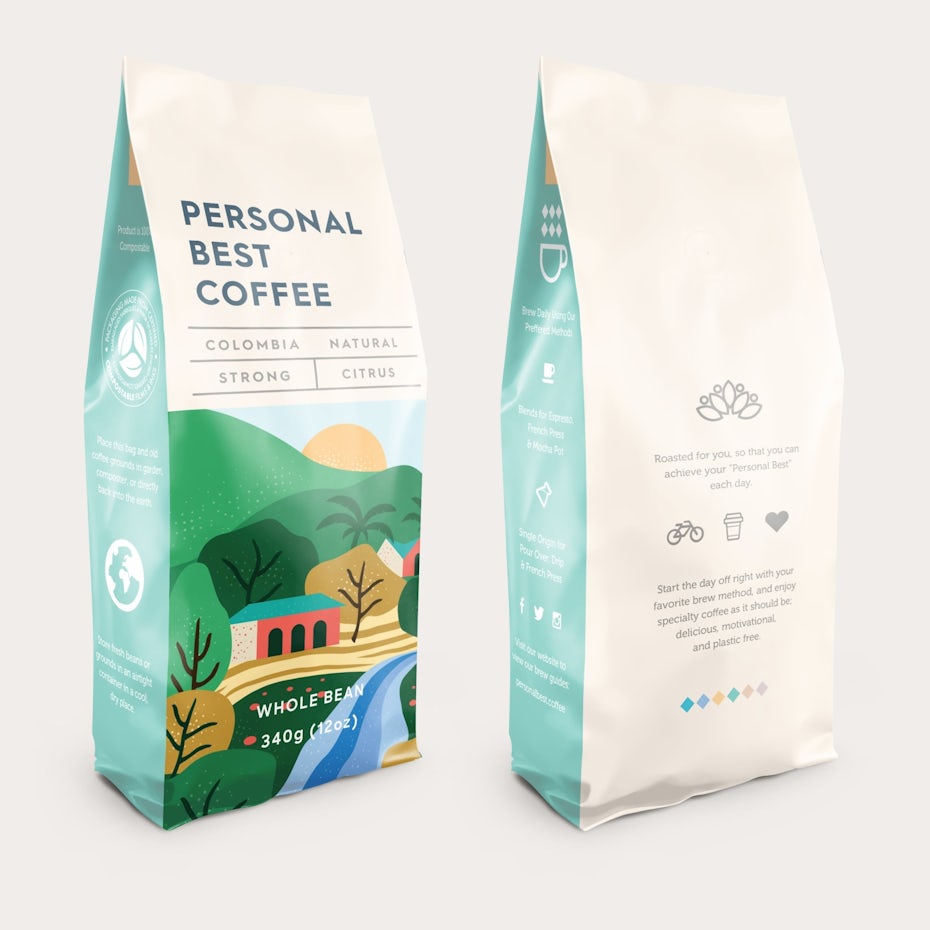

10. Blur and grain
—
Gradients and color transitions have been a popular trend for a few years now. In 2021, many designers will be looking to veer off on a new tangent: into even more blurry and blended backgrounds. Add in a grain filter, and these designs manage to walk the line between feeling transitory and real-to-the-touch.

Blending unusual colours with intense blur and grainy textures is a mood.
The benefit of this trend is that it allows foreground elements such as bold typography or evocative imagery to pop against a near indiscernible background. It also thrives in gloomier contexts as opposed to the cheery gradients of yesteryear. There is an inherent grunge and grime to grainy textures, and a blurred image can evoke shadows and the unseen. This trend is a mood, and we expect to see it more and more as the tool of choice for designs with a dark side.
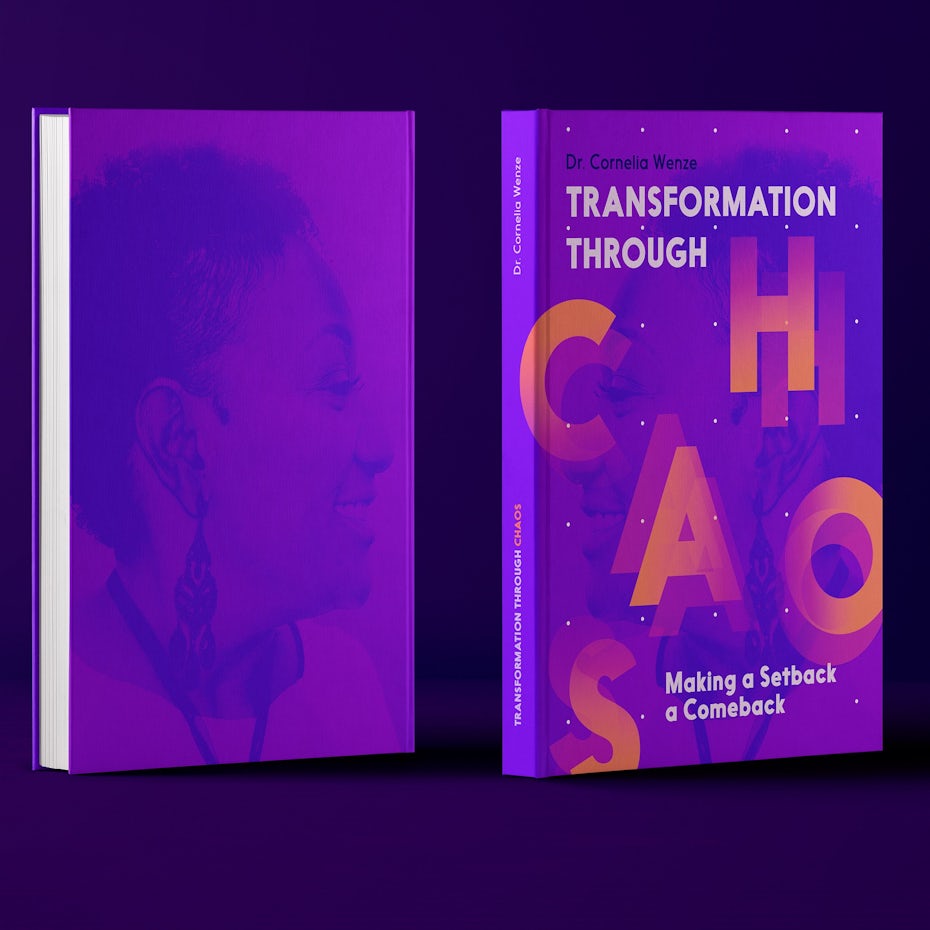



11. Socially conscious design
—
As the dawn of a new decade, it seems fitting that 2020 was the year the world understood how much it needed to change. From healthcare to environmentalism to Black Lives Matter to pandemic preparedness, 2020 laid bare the many challenges to come. The good news is that this conflict might just be a turning point, provided everyone does their part.

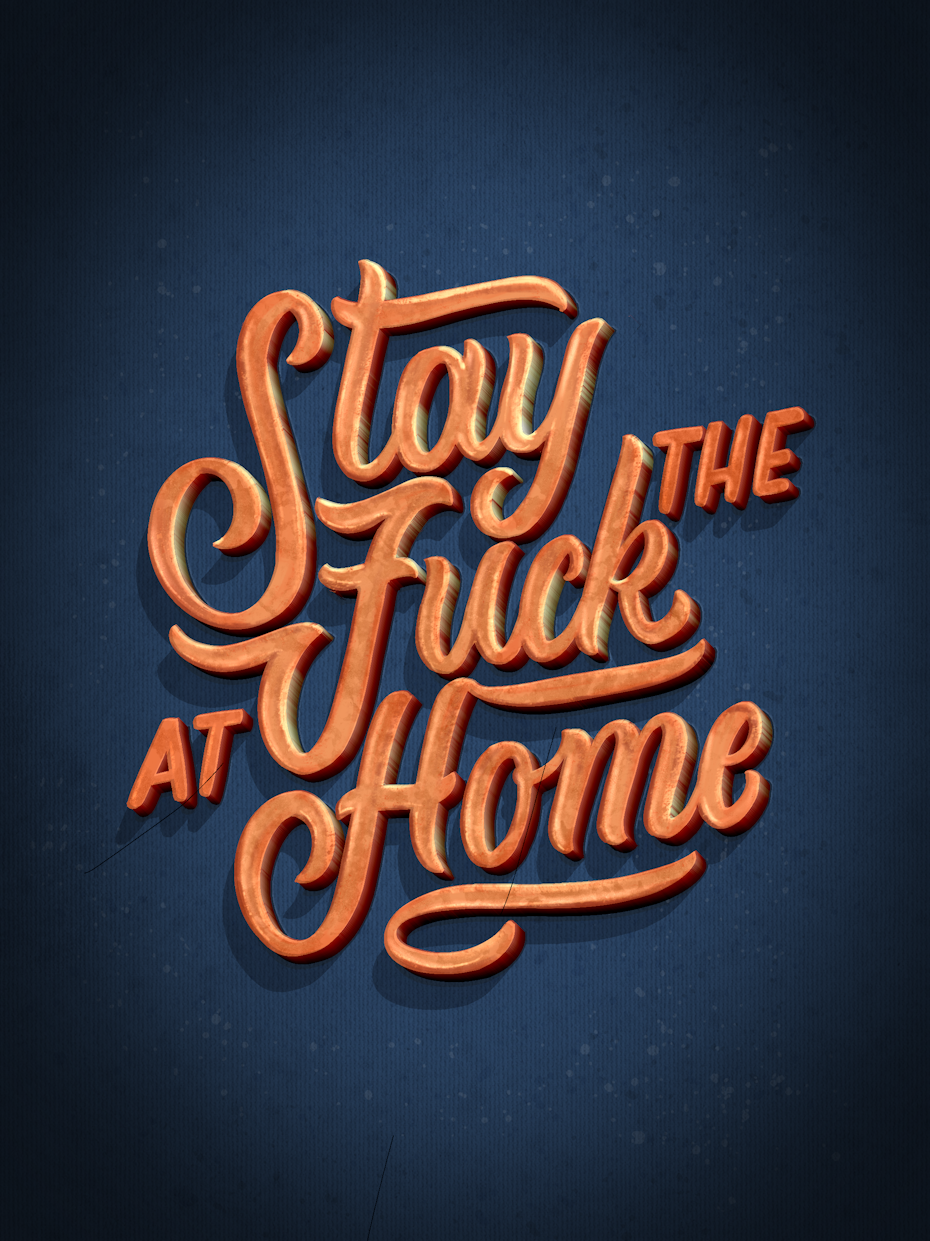
With this in mind, designers from all over the world are stepping up to the plate to contribute their talents for the betterment of their community. We’ve seen this in the rise in creative hand-lettering that delivers messages of unity, responsibility and advice. It comes in the form of protest art. It comes in illustrations that personalize mask-wearing. Whether through charity work or personal design projects, 2021 is shaping up to be a pivotal year in which design gets involved.
In 2021 we’ll see more designs and imagery resonating with a movement, or social & environmental issues. I’ve seen more and more brands rallying around issues and connecting with their users on a deeper level.
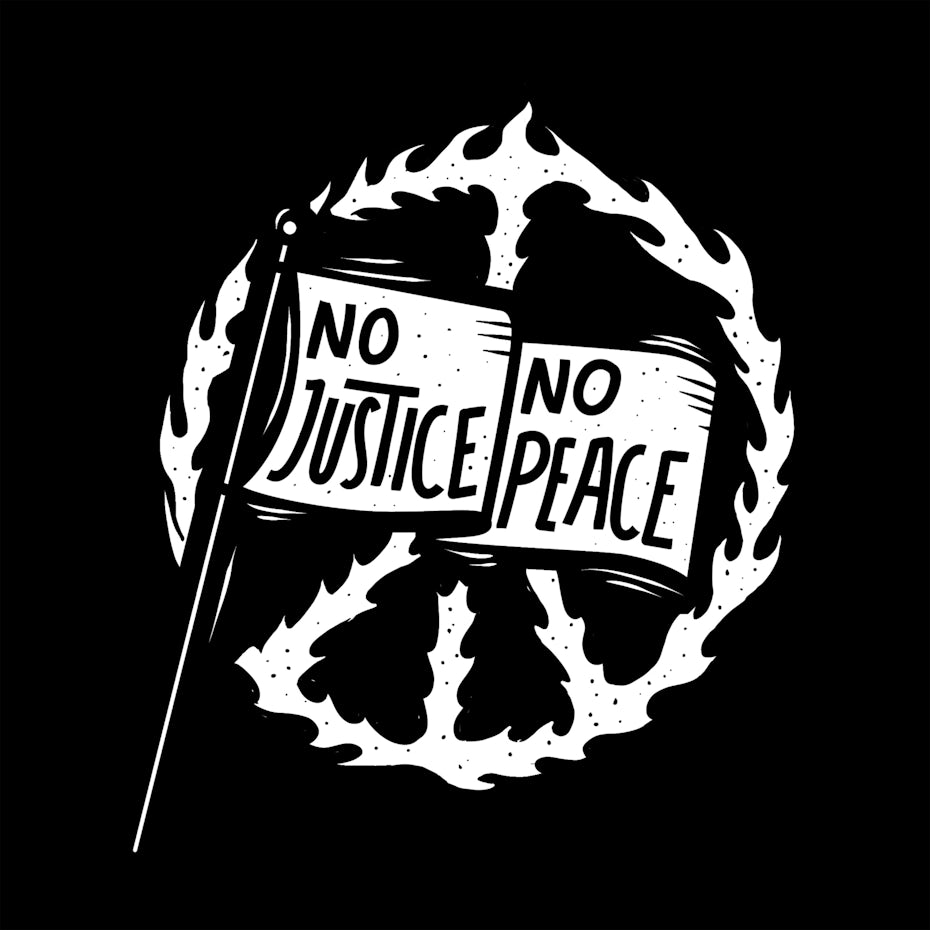
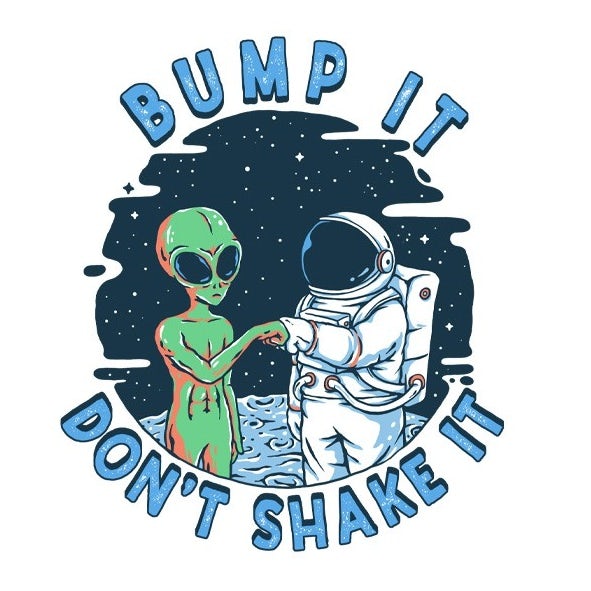


Ready for the biggest 2021 graphic design trends?
—
As the start of a decade, this past year may have proved to be a disappointment. But the graphic designers of 2021 are determined to turn it around in their own way. Out of tragedy, they are giving us irreverent characters. Out of self-isolation, they are giving us nature. And out of confusion, they are giving us our symbols of speech. Each year of graphic design trends will always bring change, and it is the designers who will determine whether that is for better or worse.
Do you need gorgeous graphic design?
Let our brilliant designer community create something unique for you.
The post 11 inspiring graphic design trends for 2021 appeared first on 99designs.
11 inspiring graphic design trends for 2021 posted first on https://www.lilpackaging.com
No comments:
Post a Comment